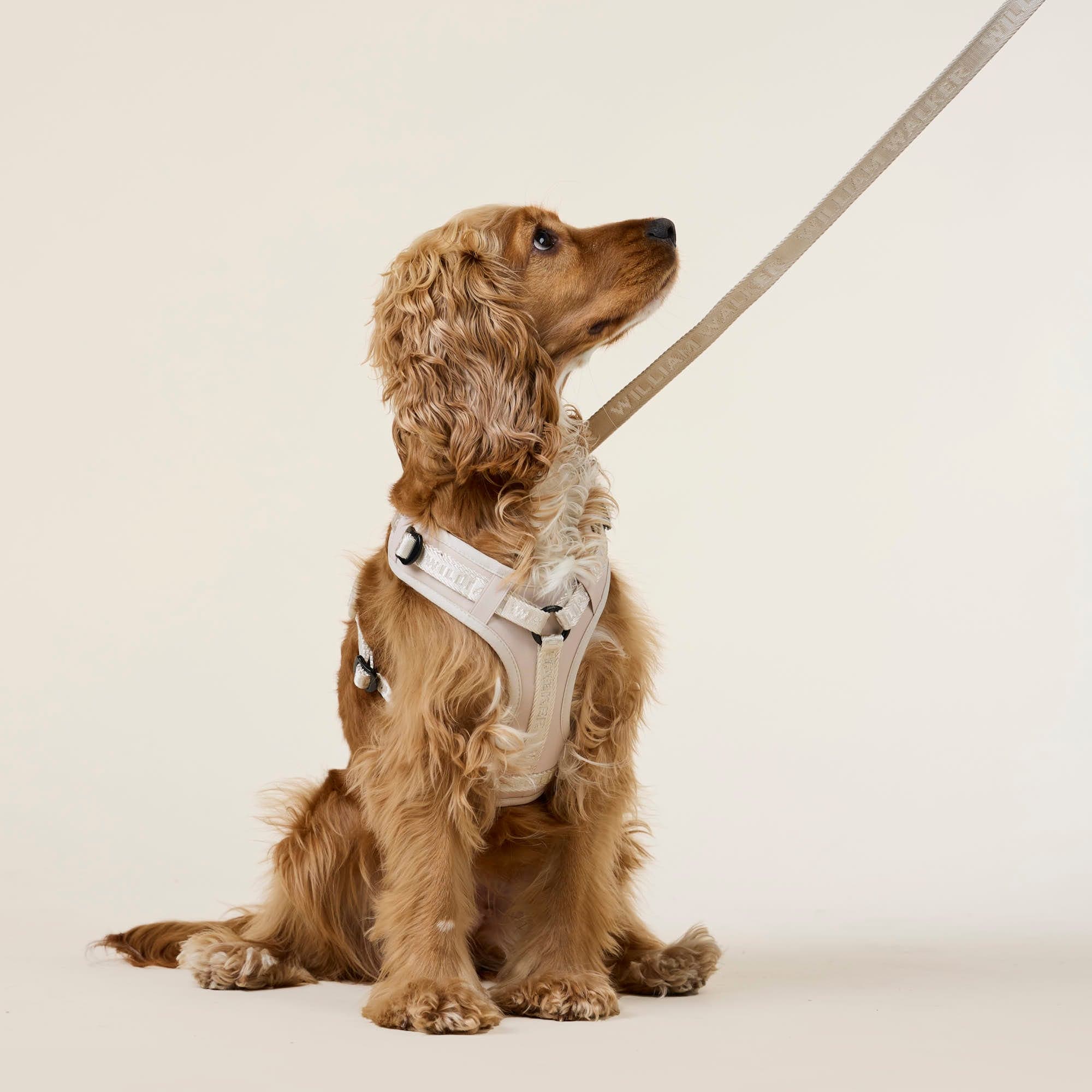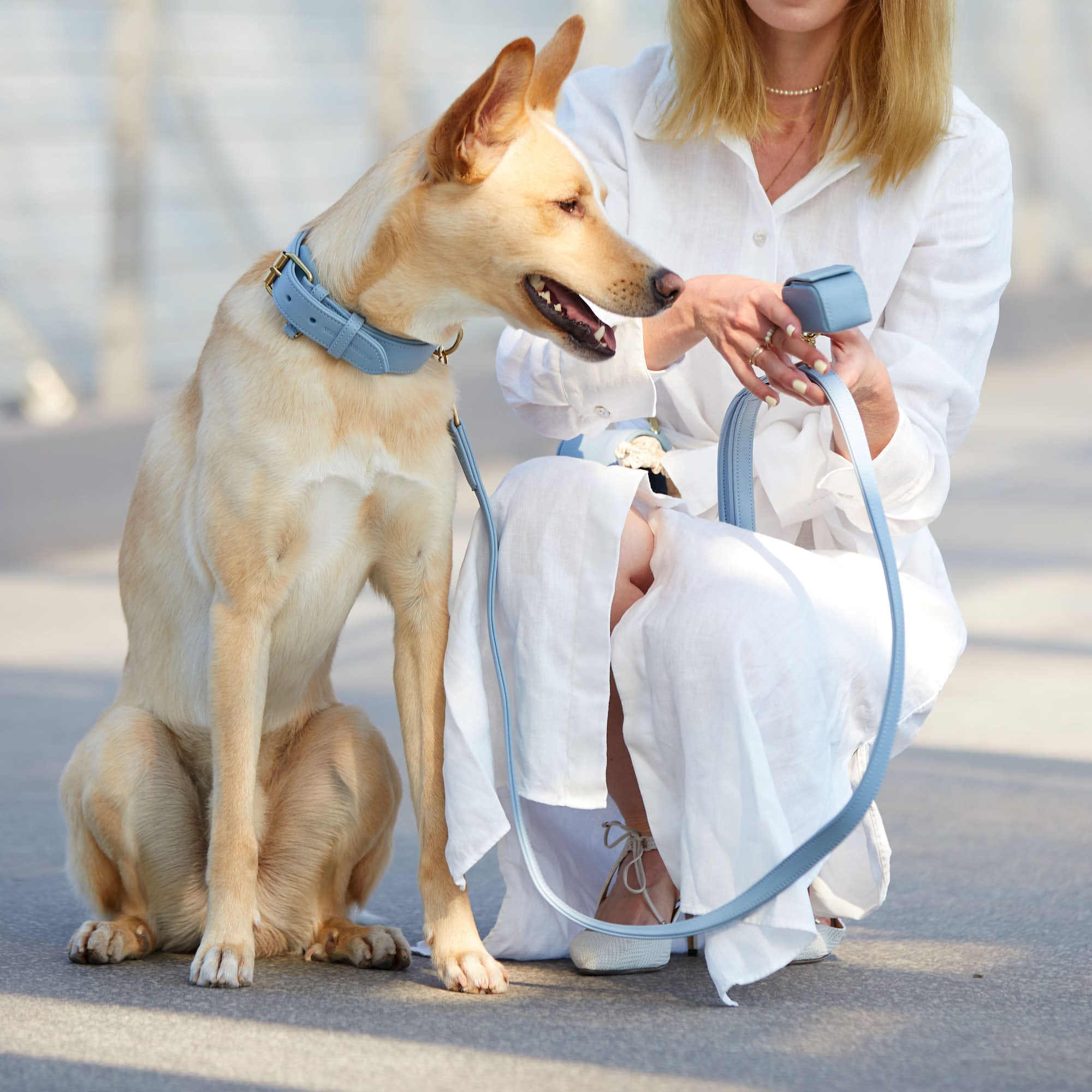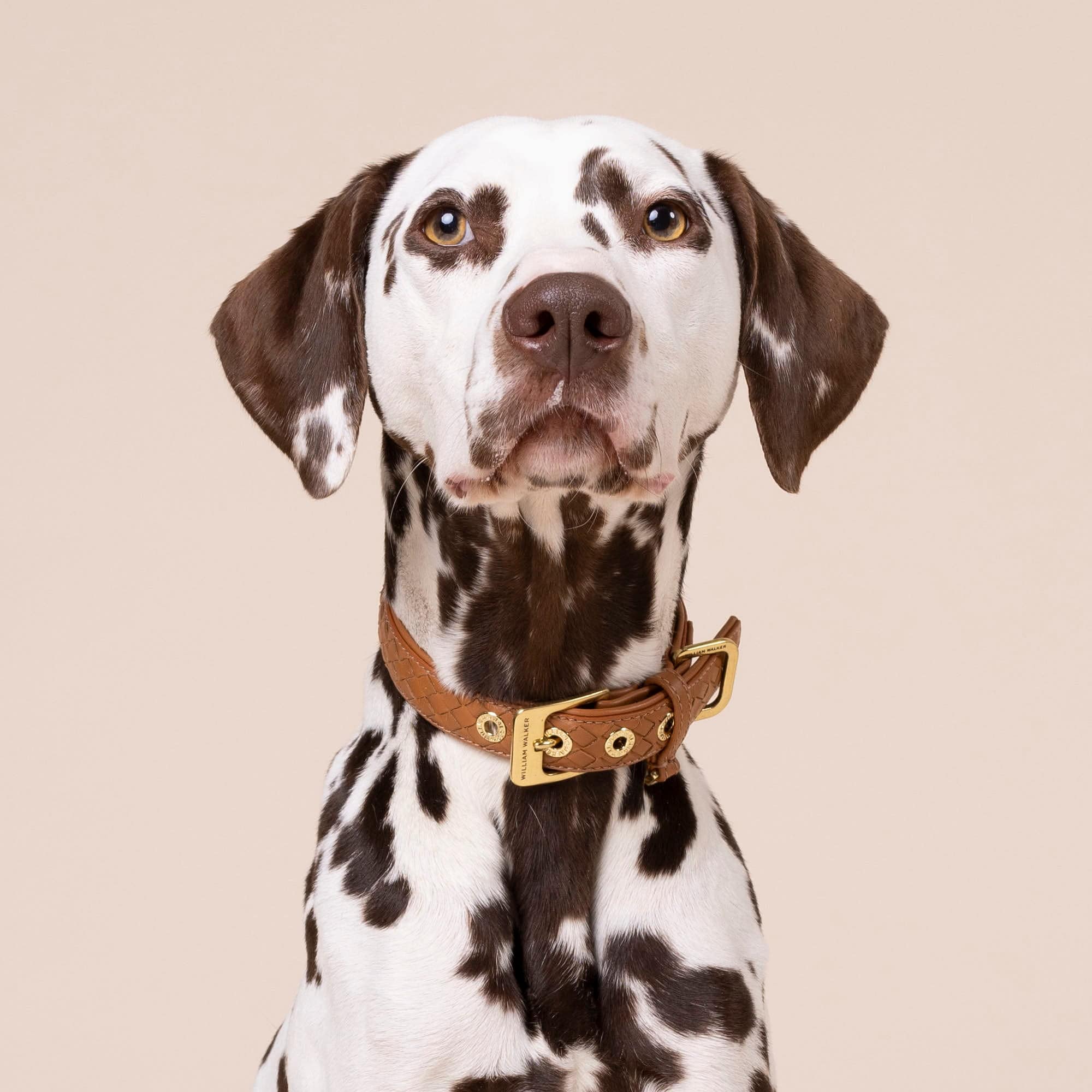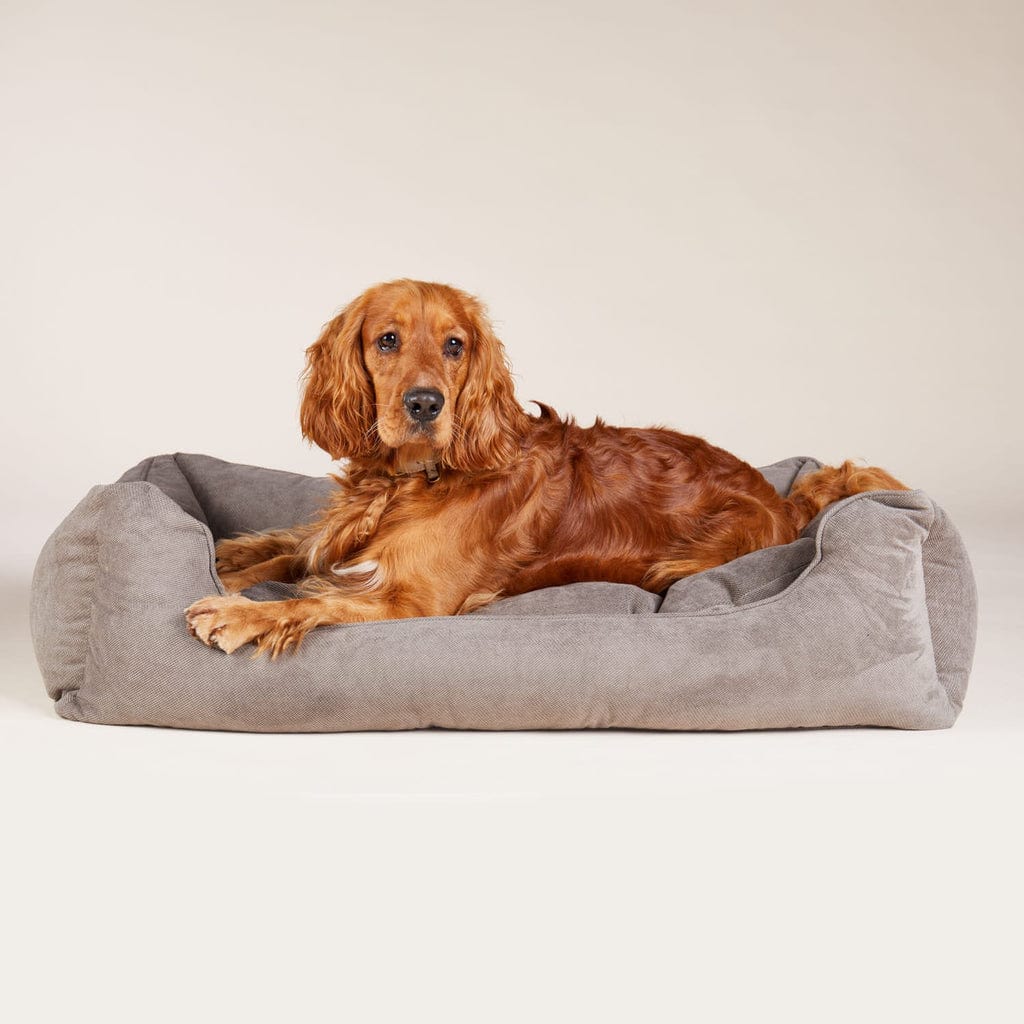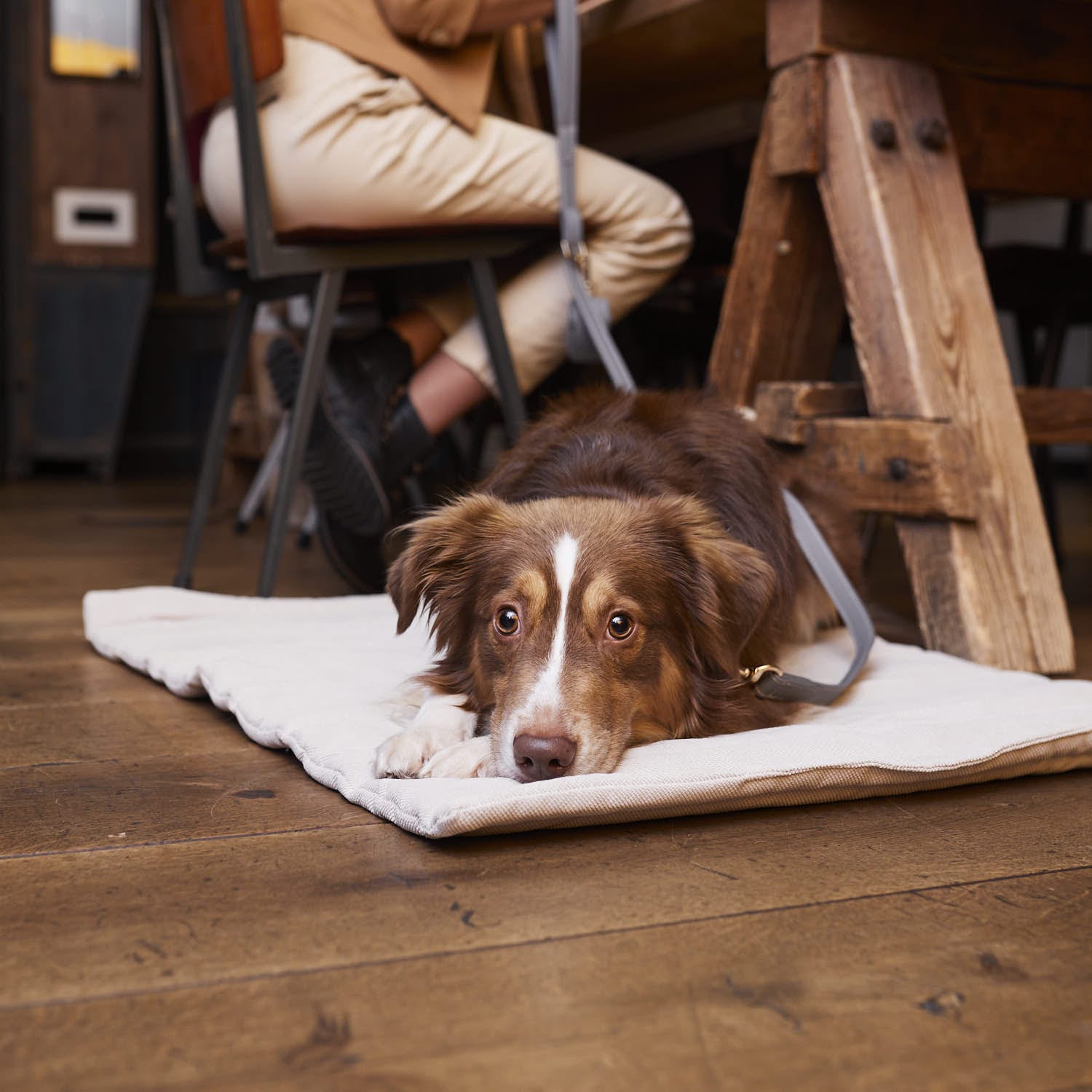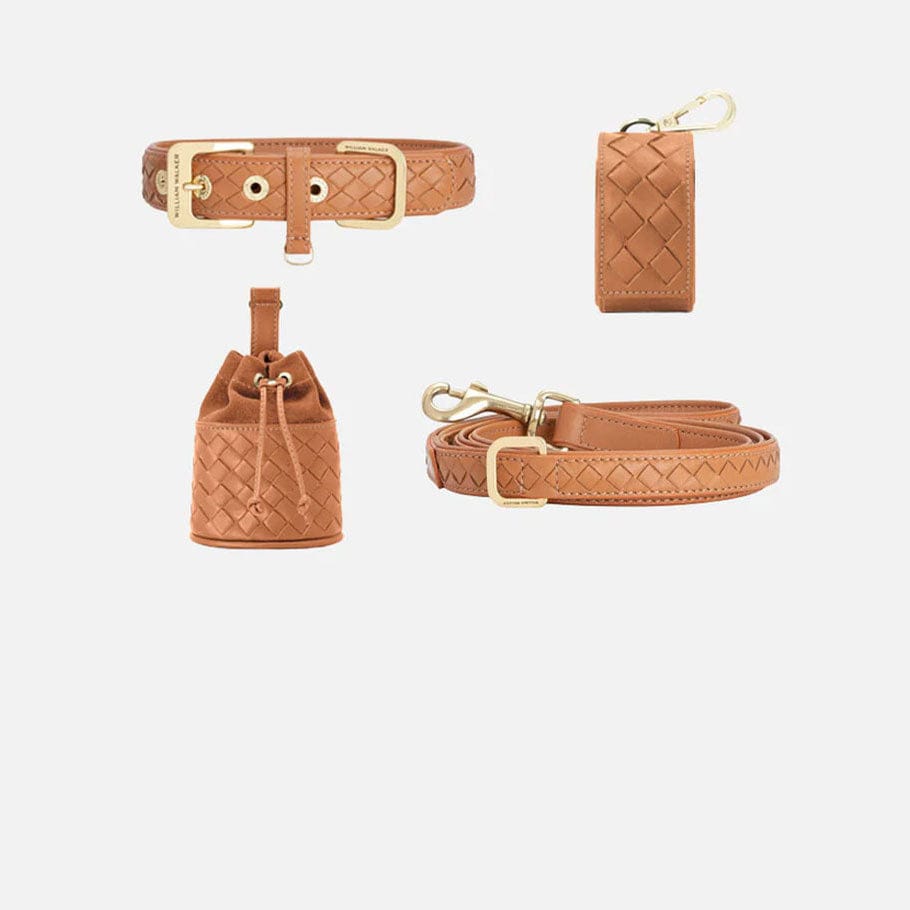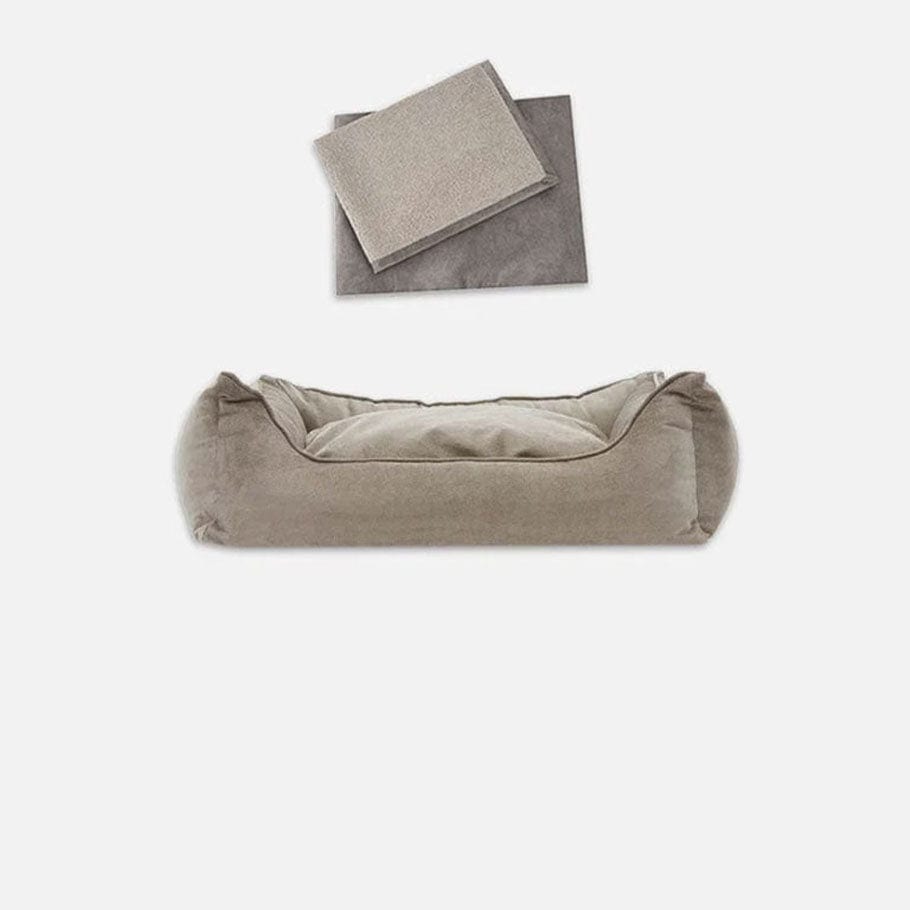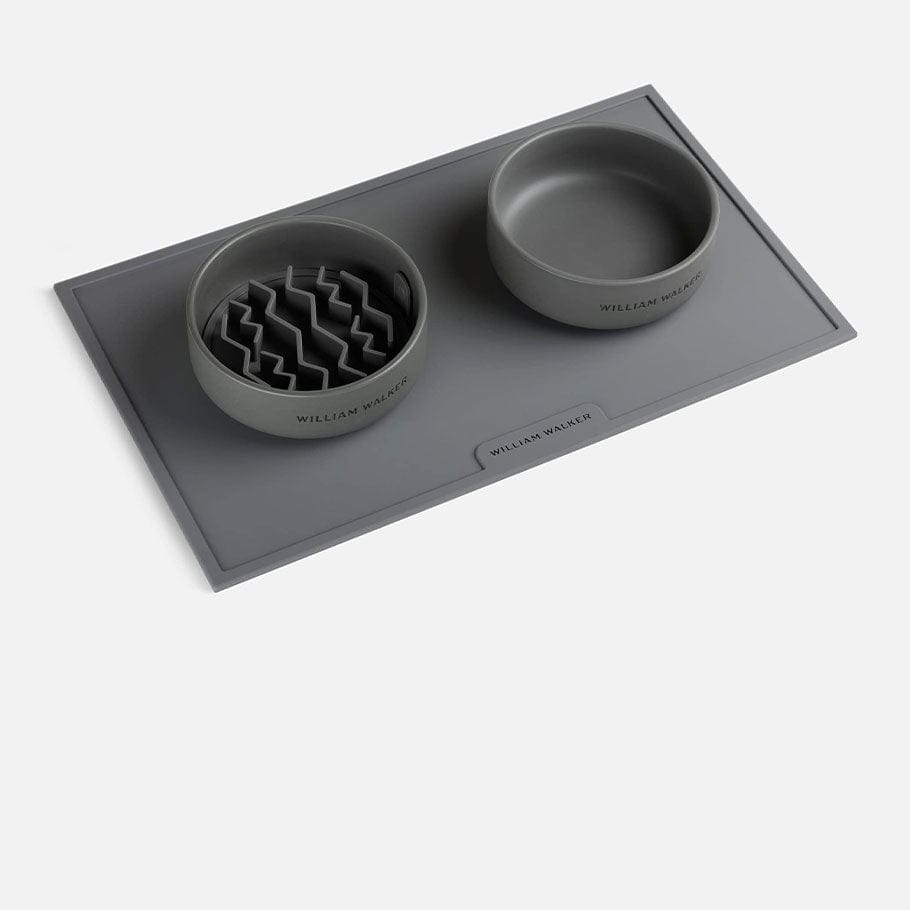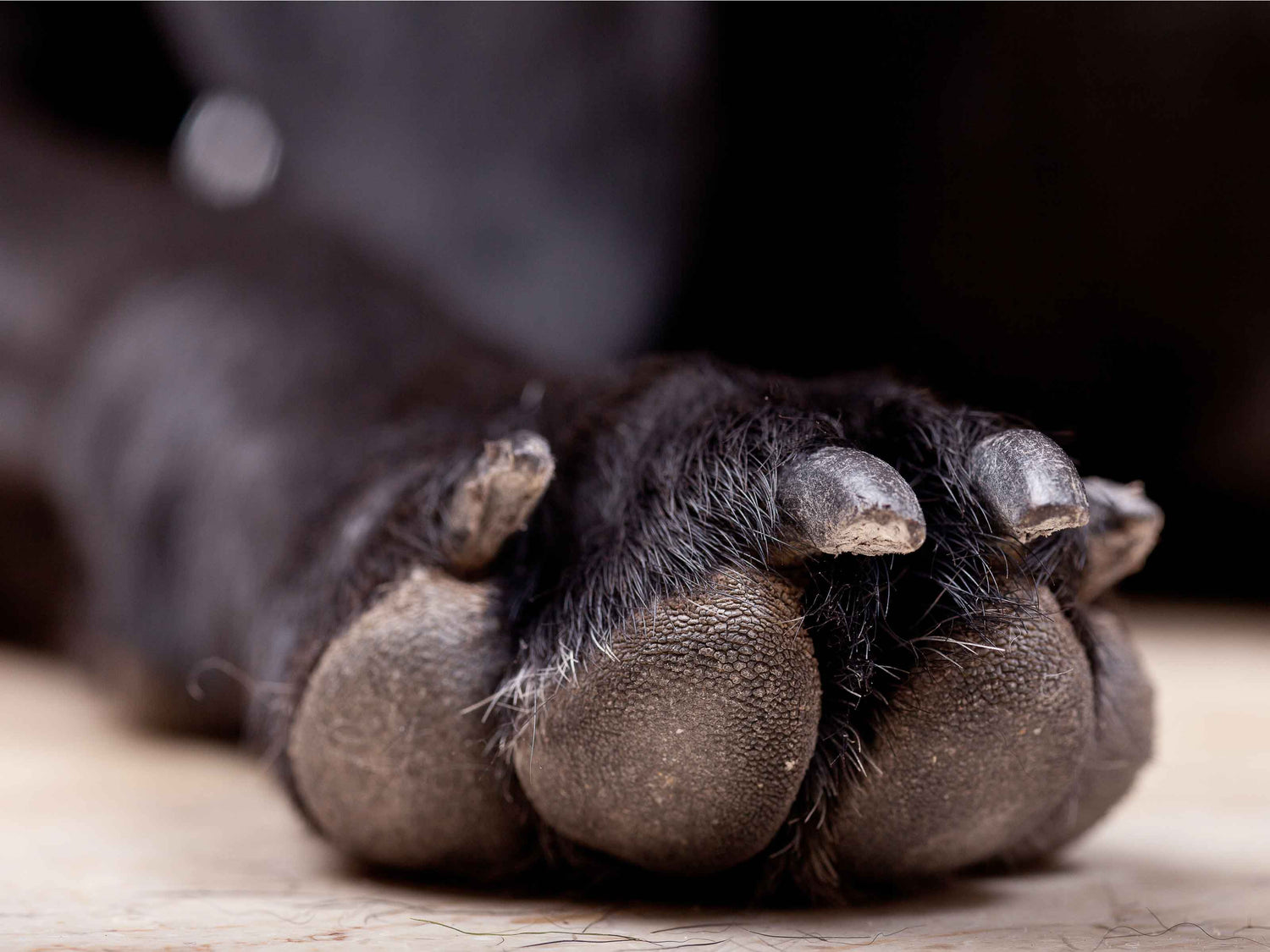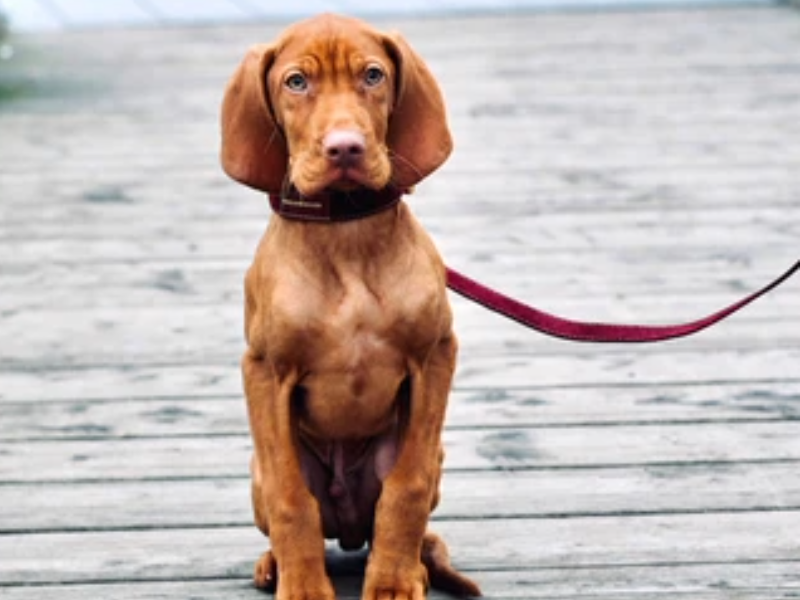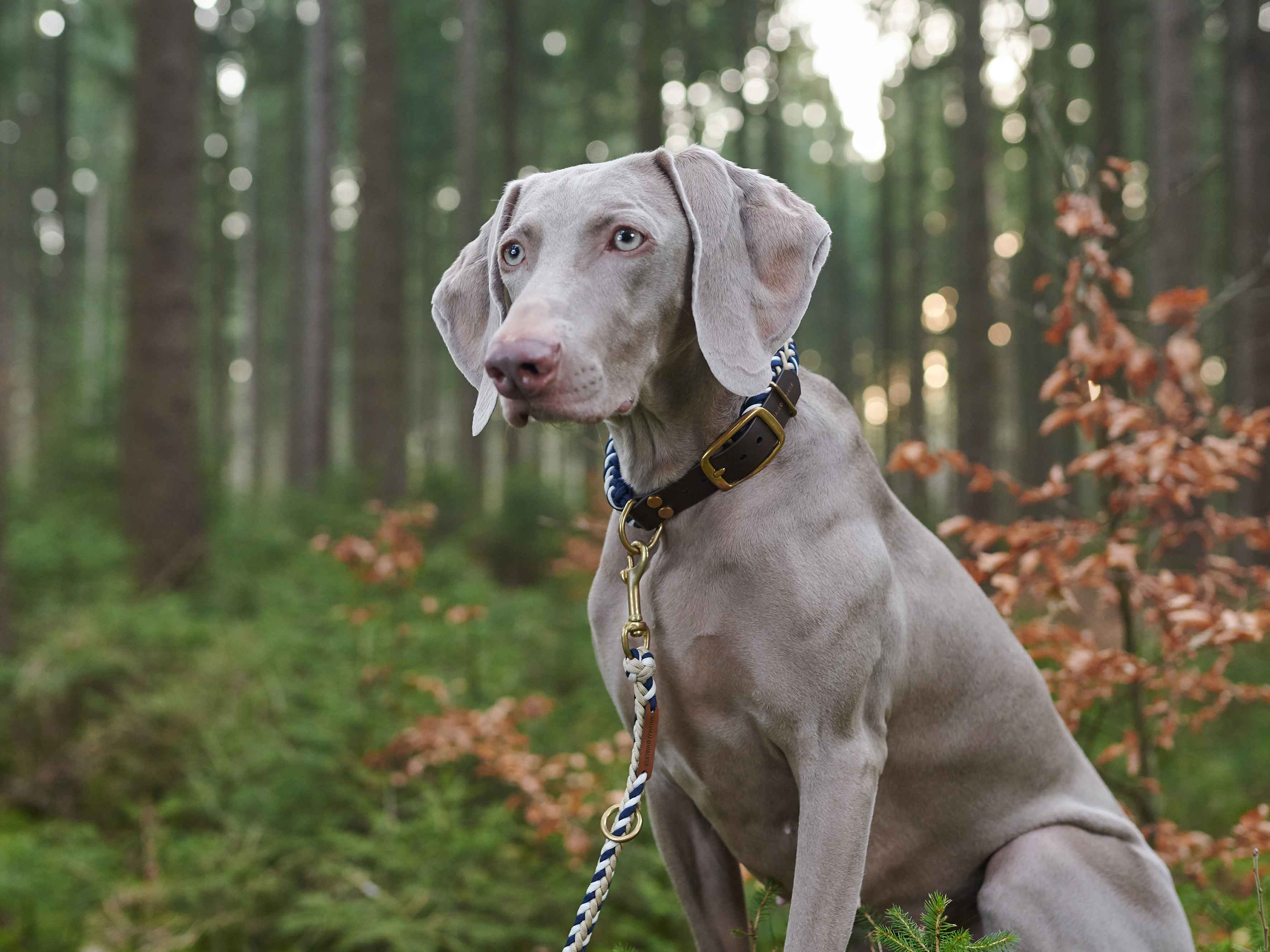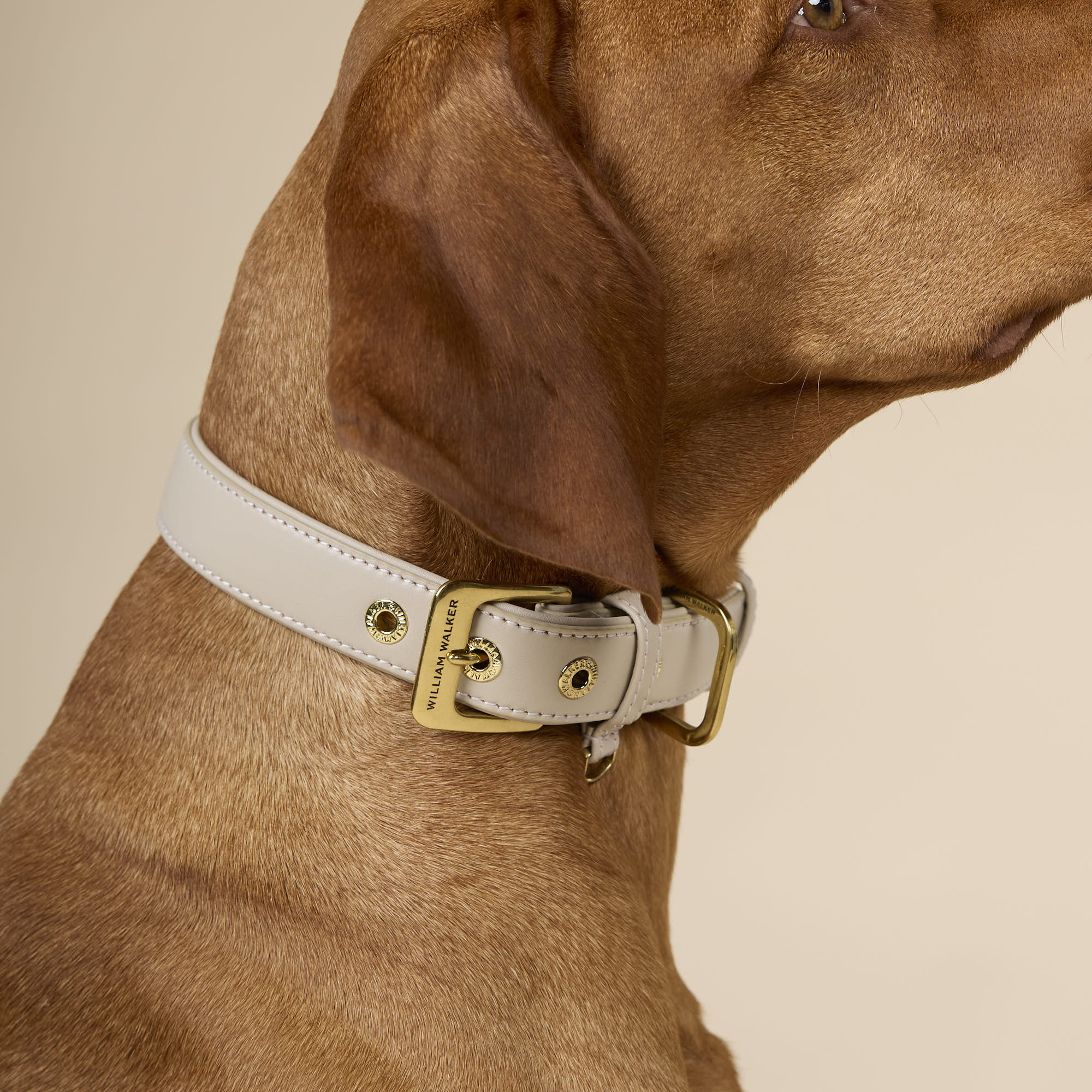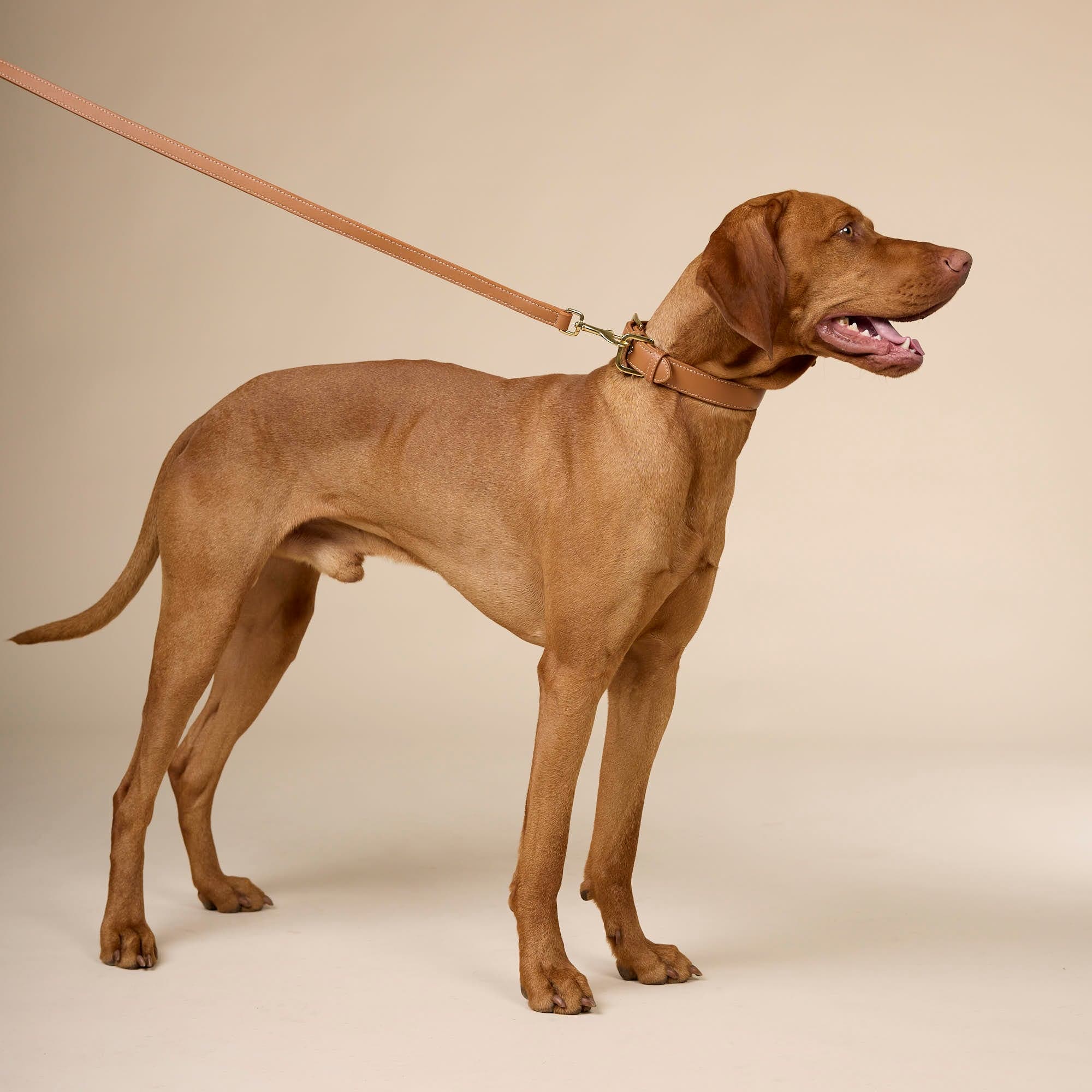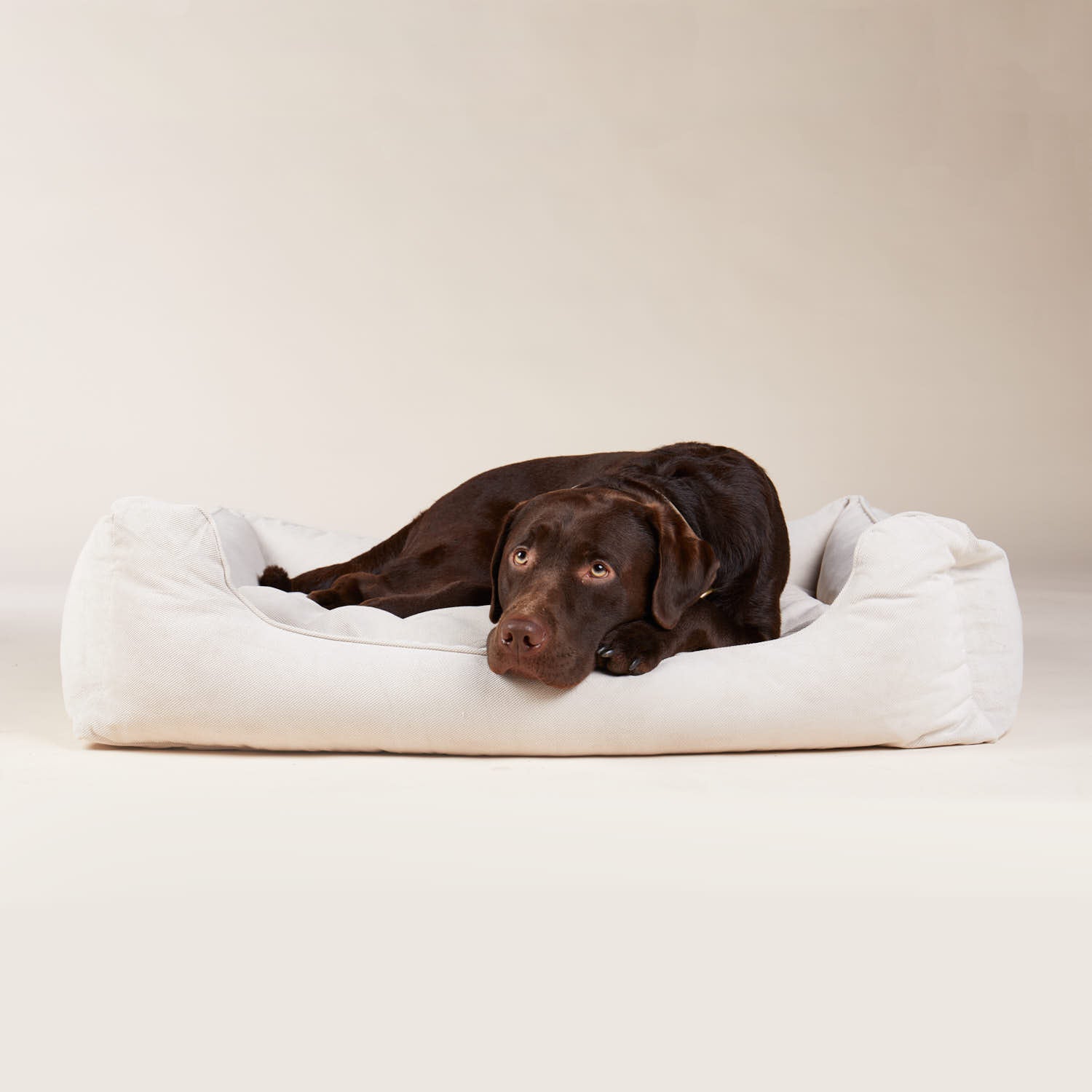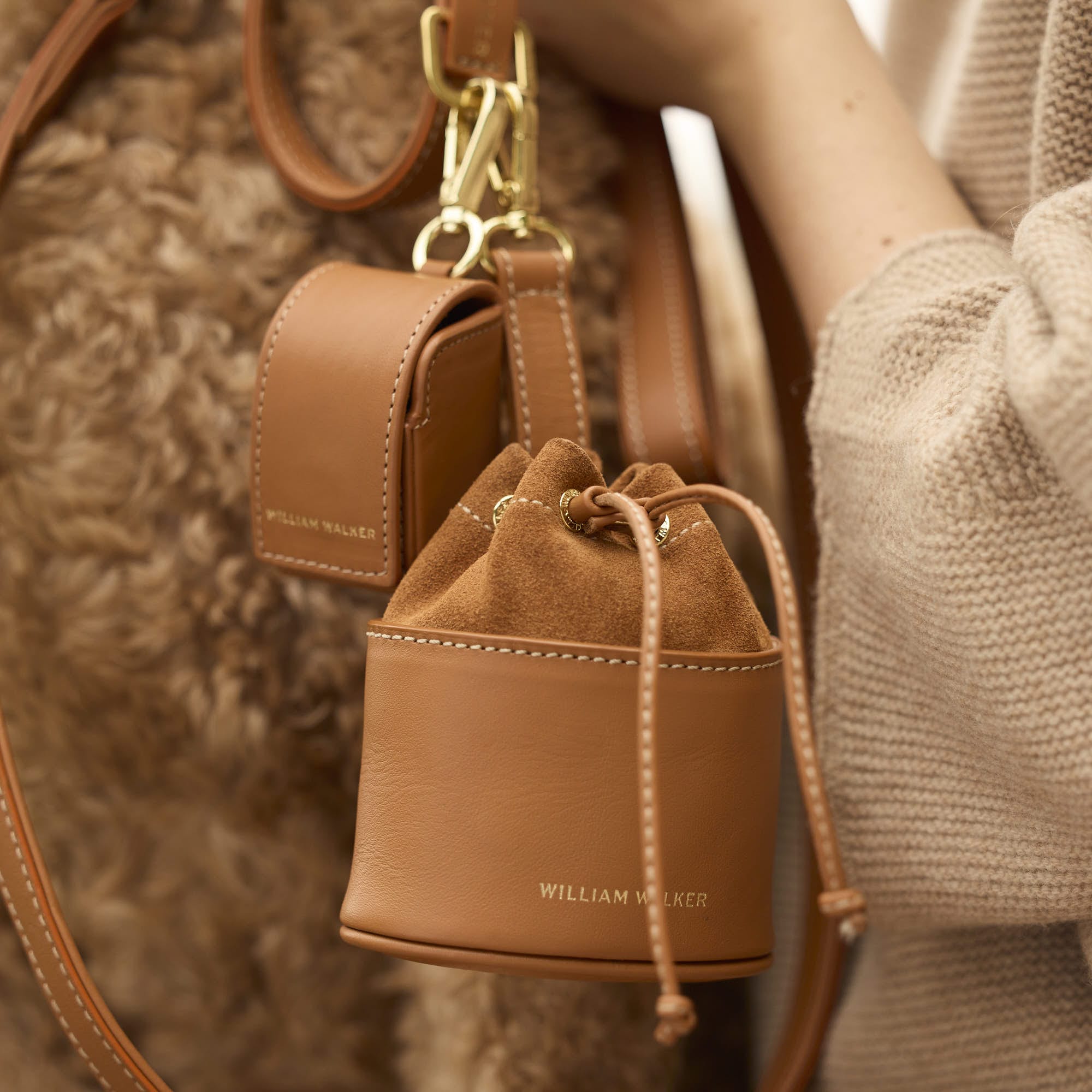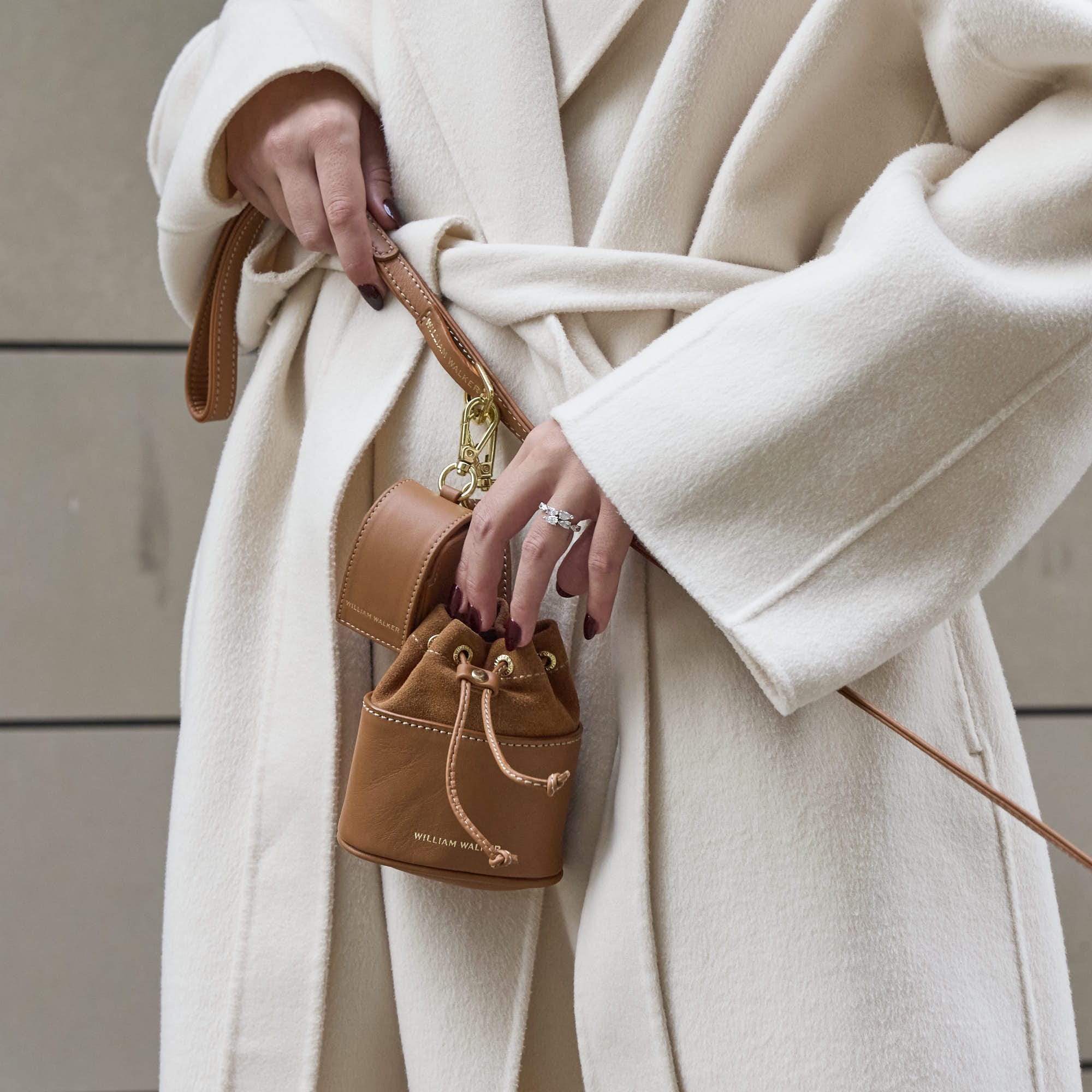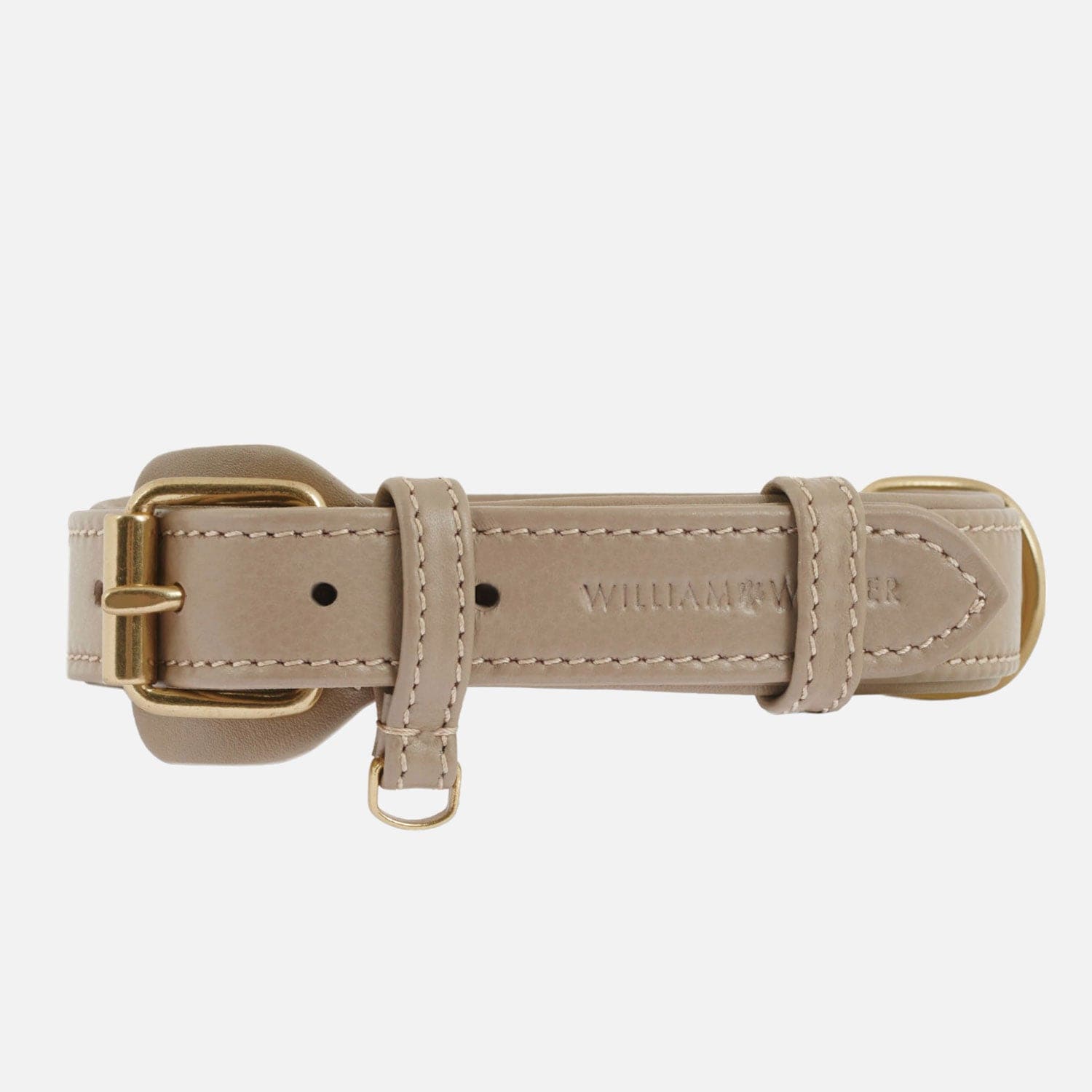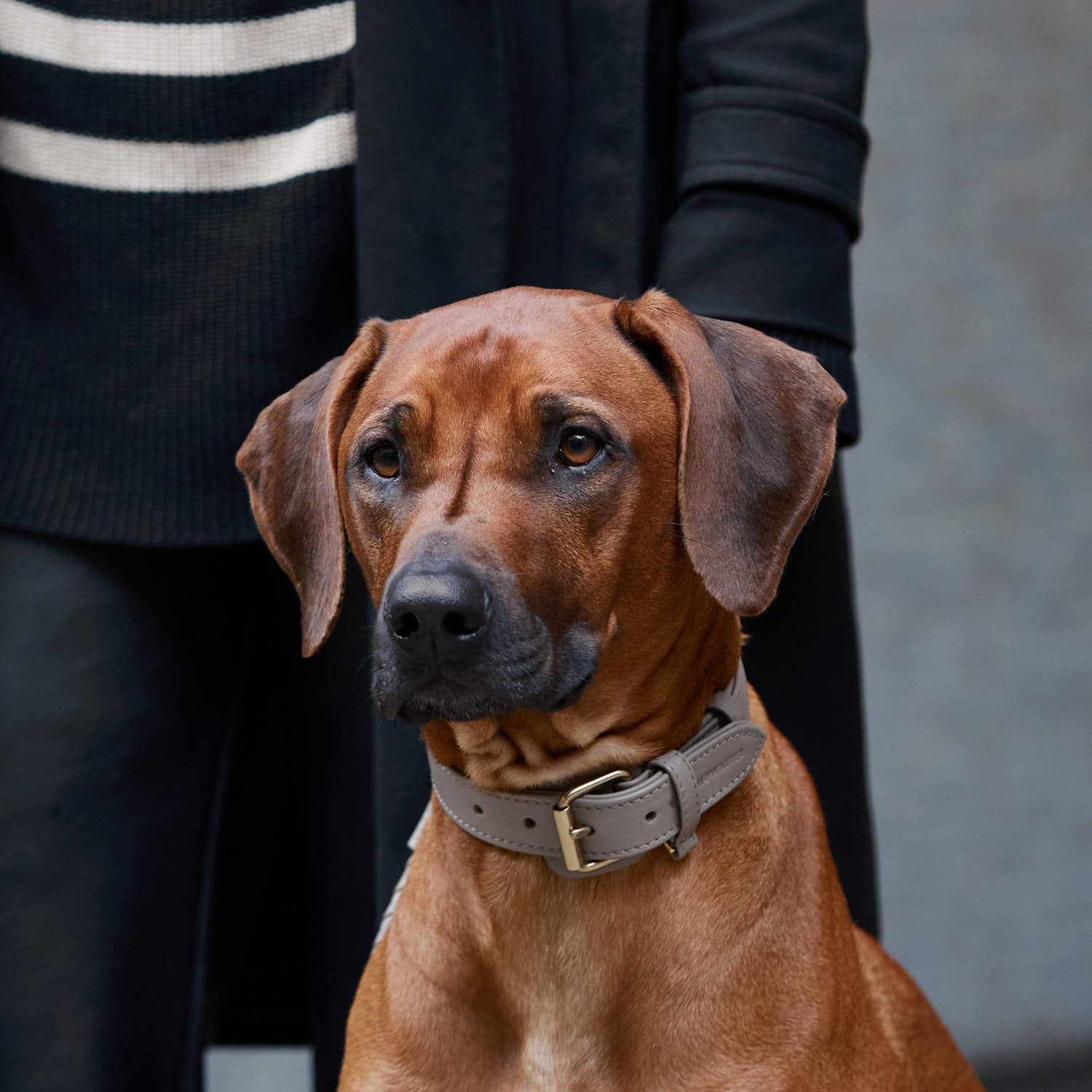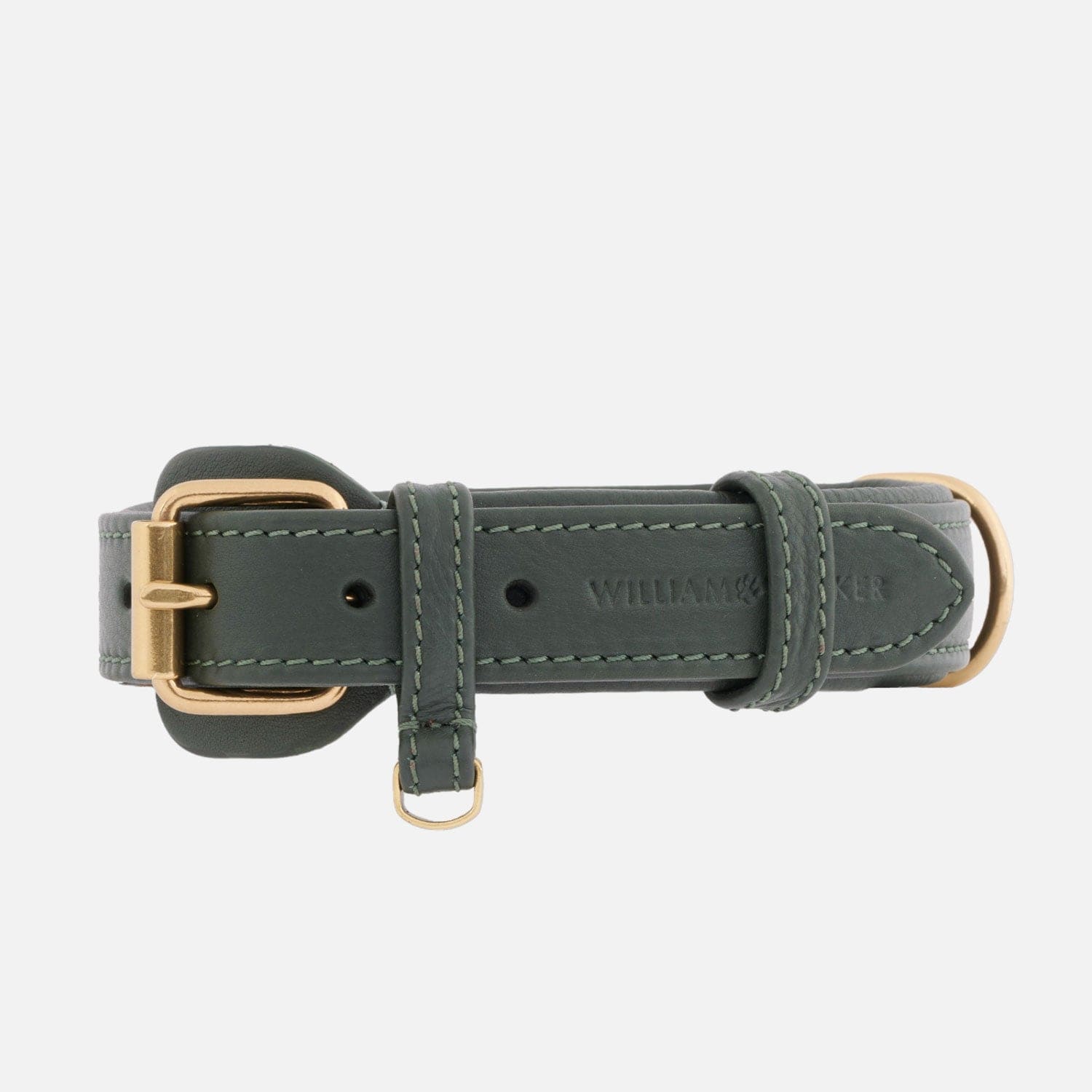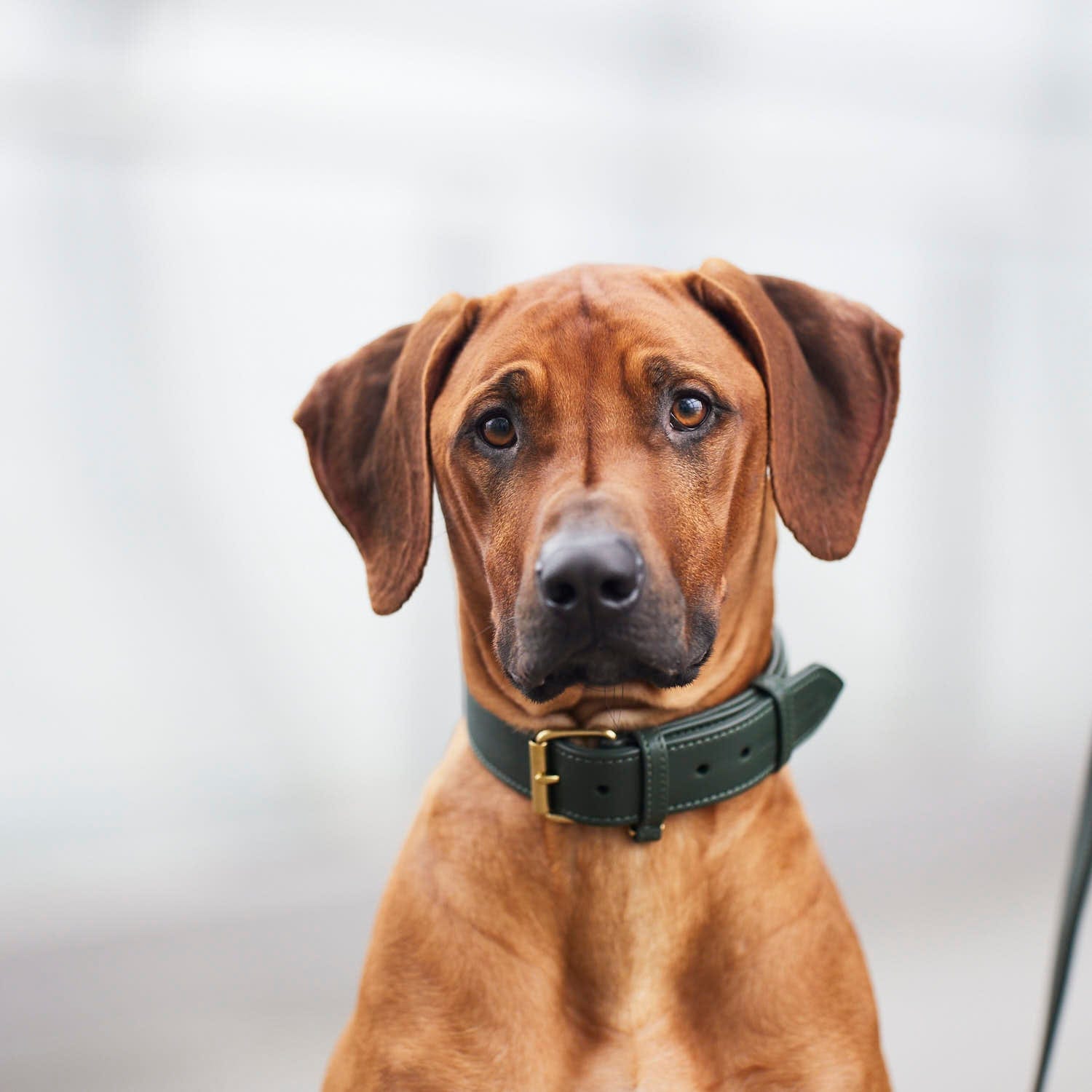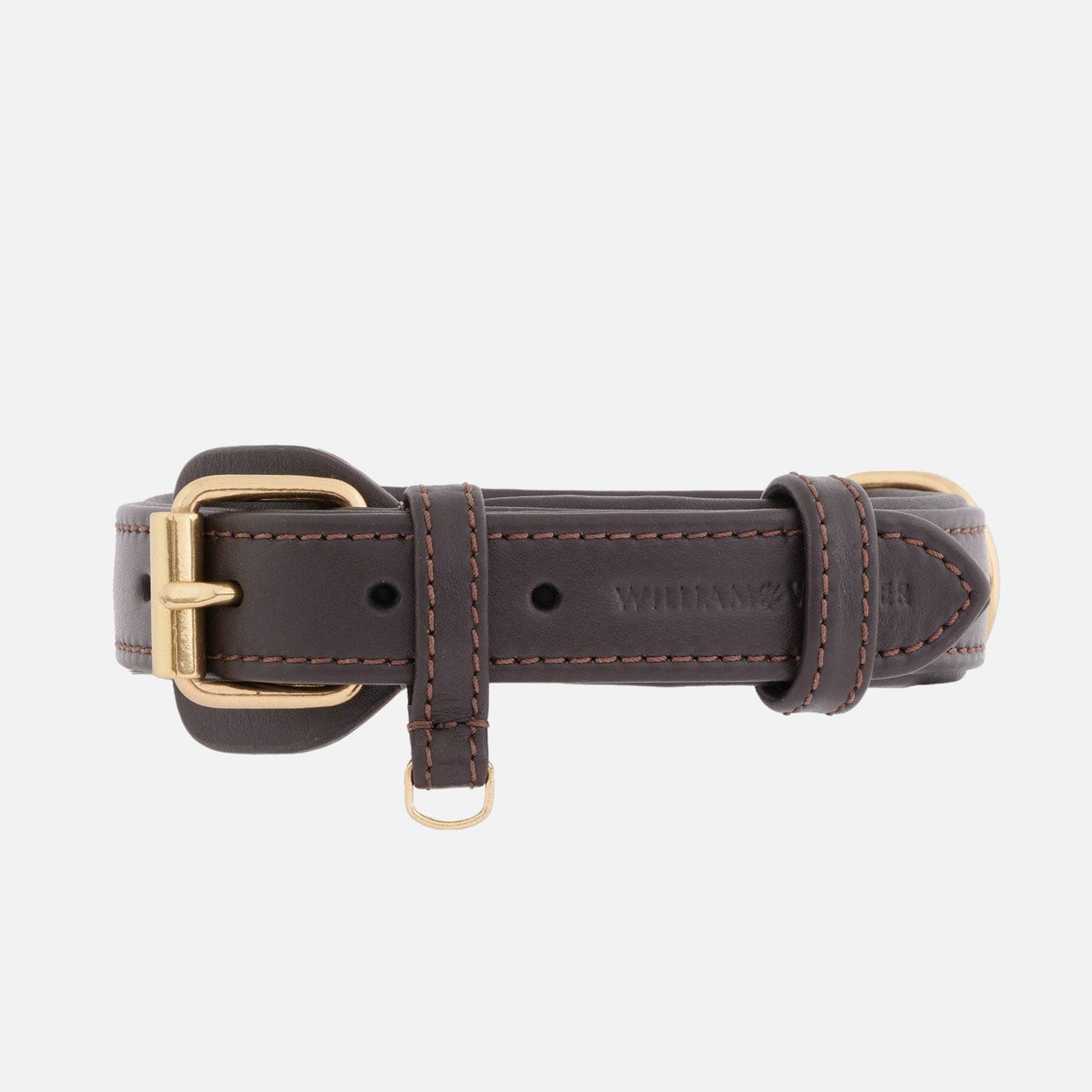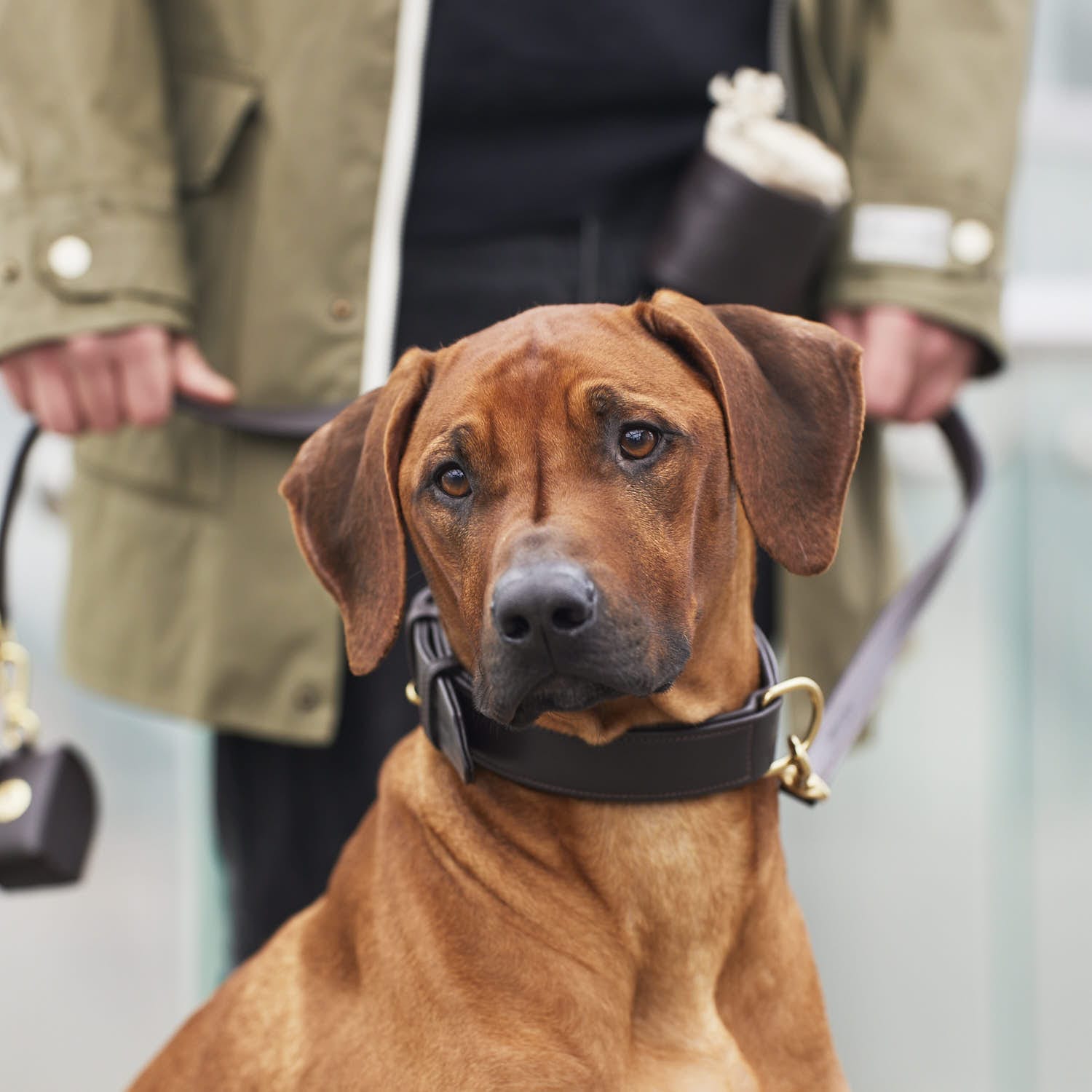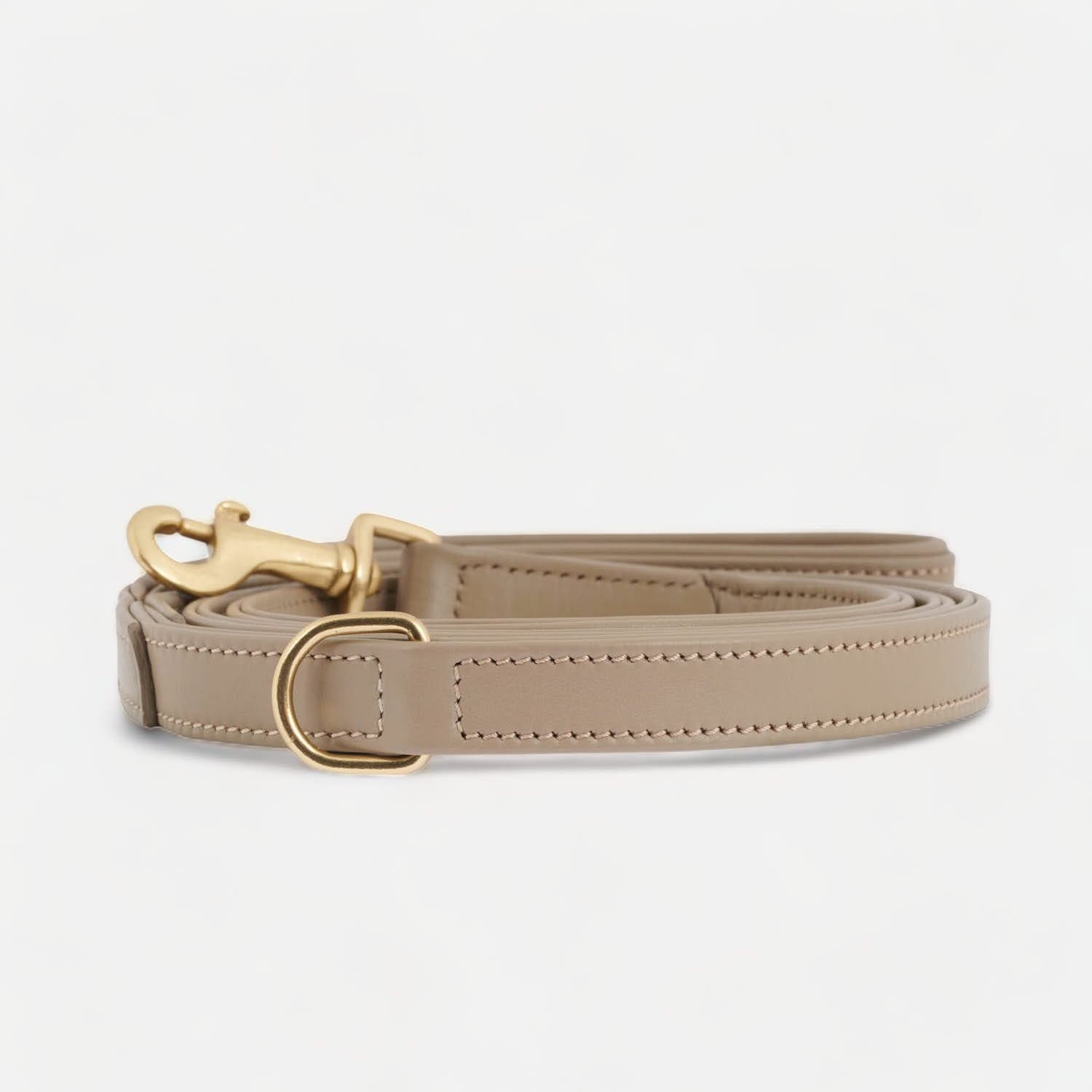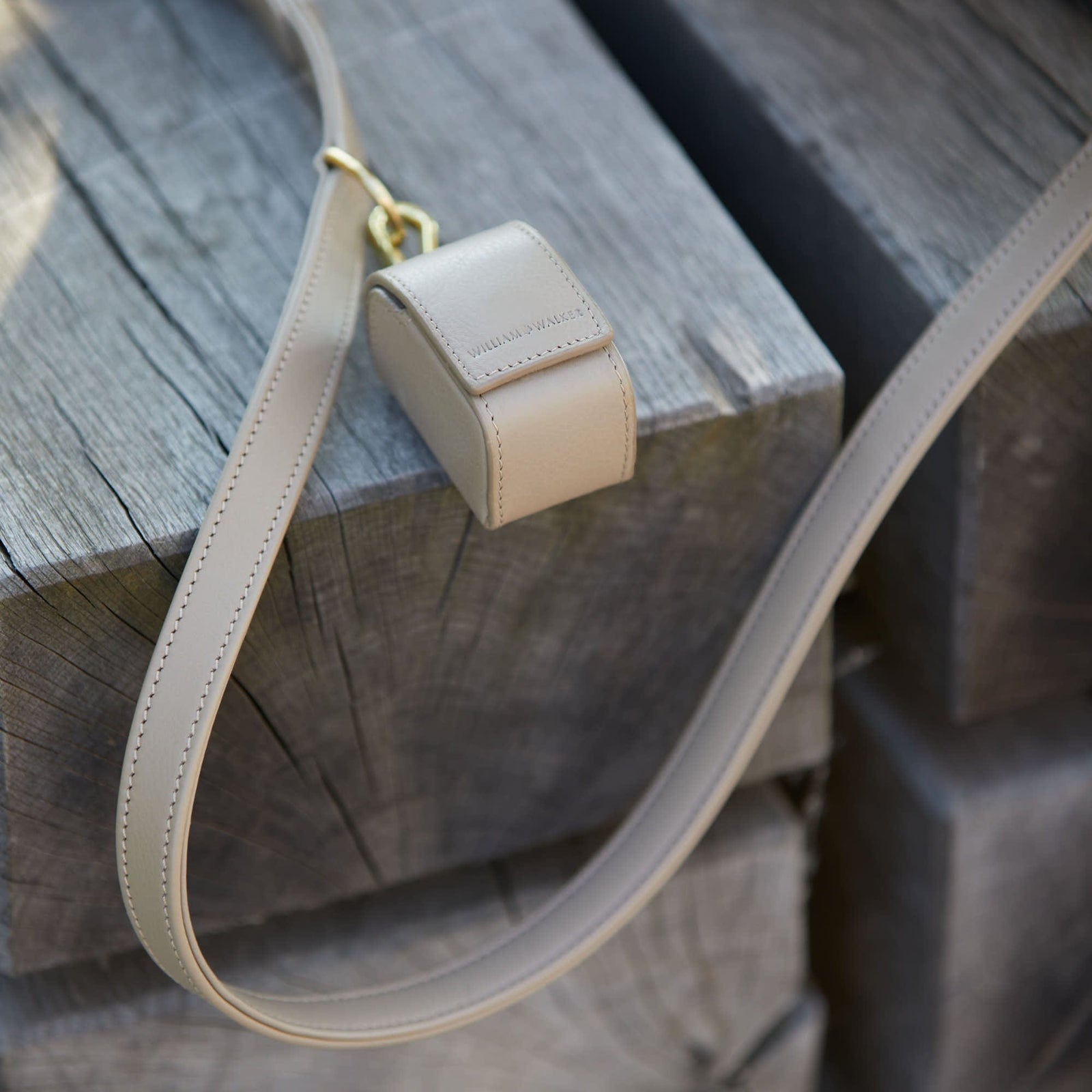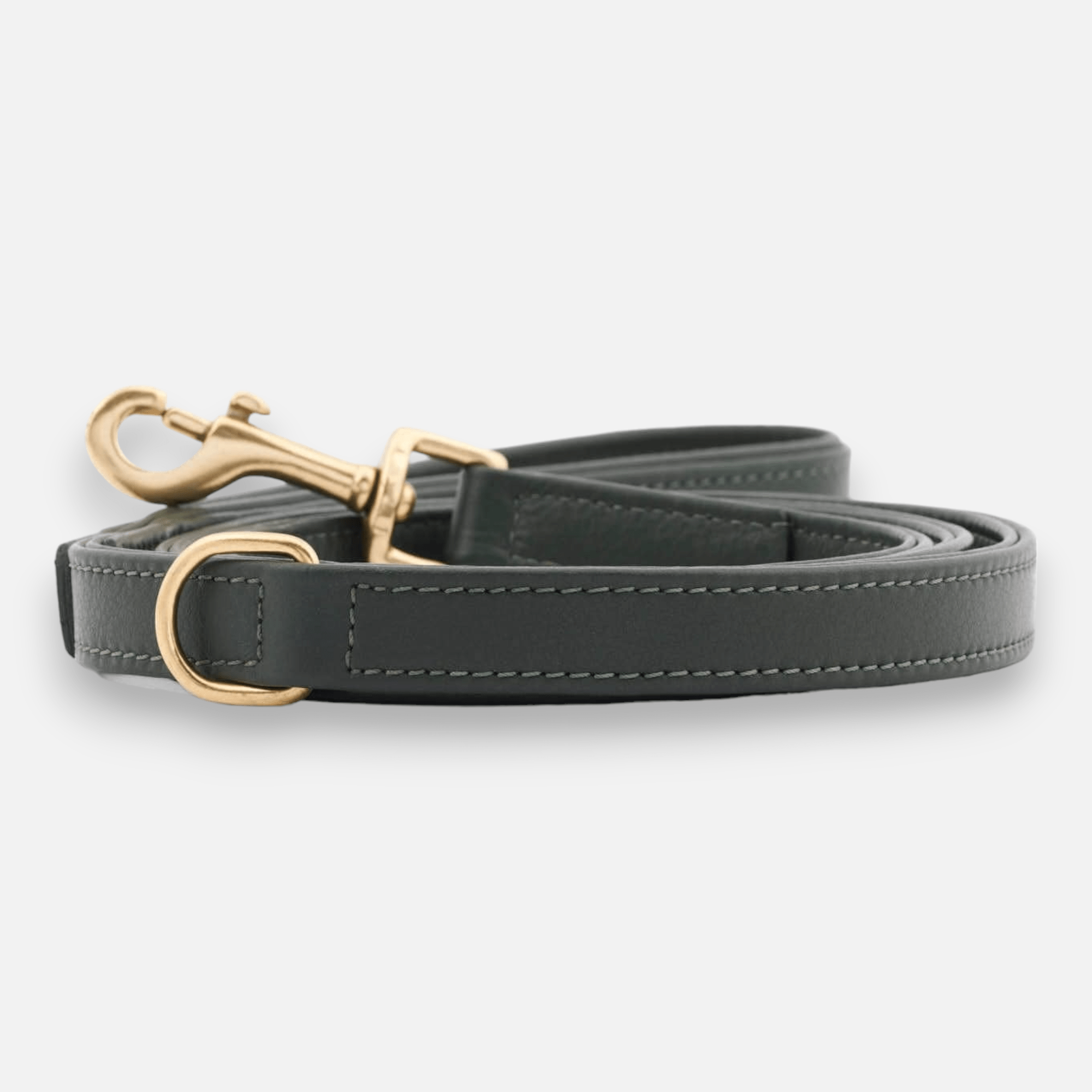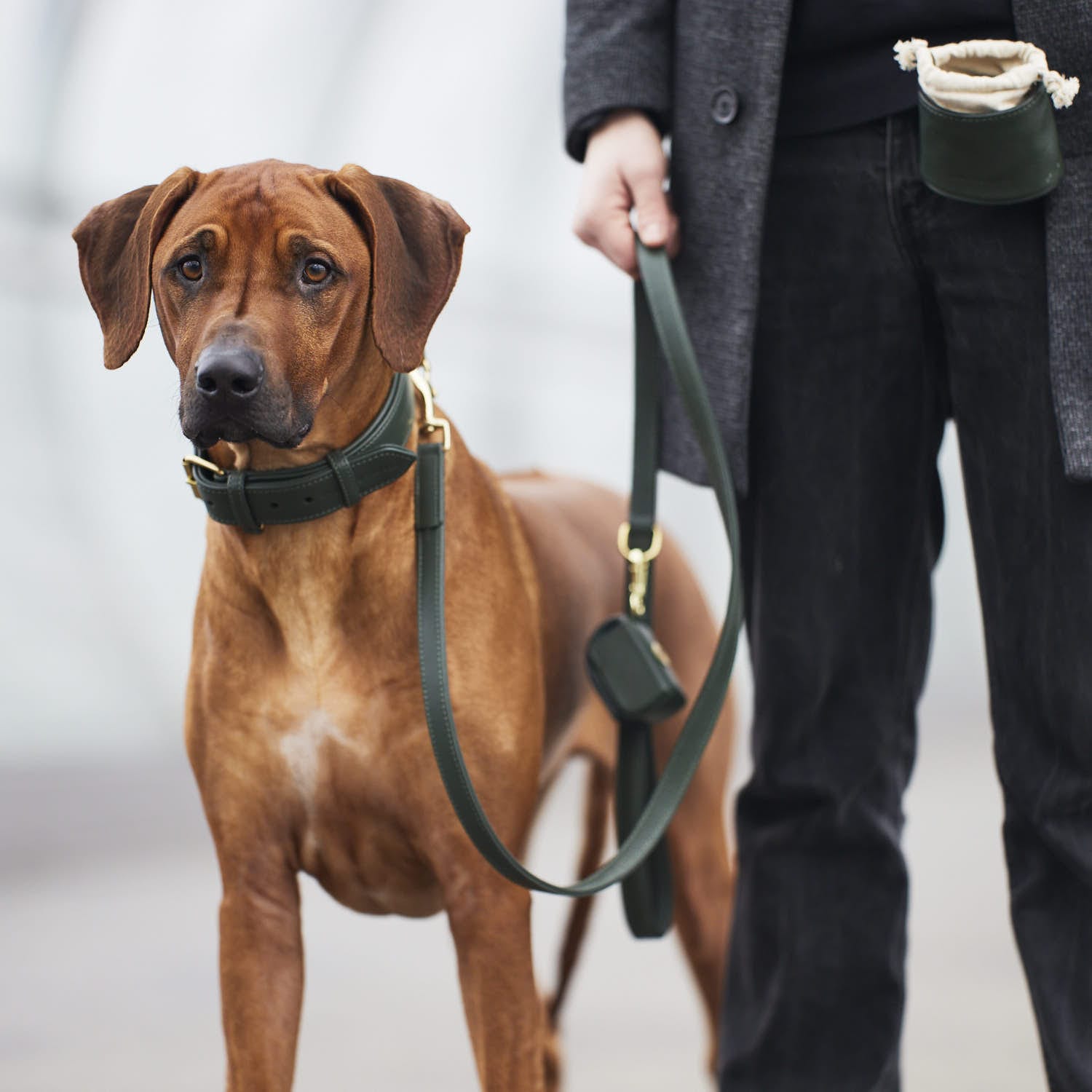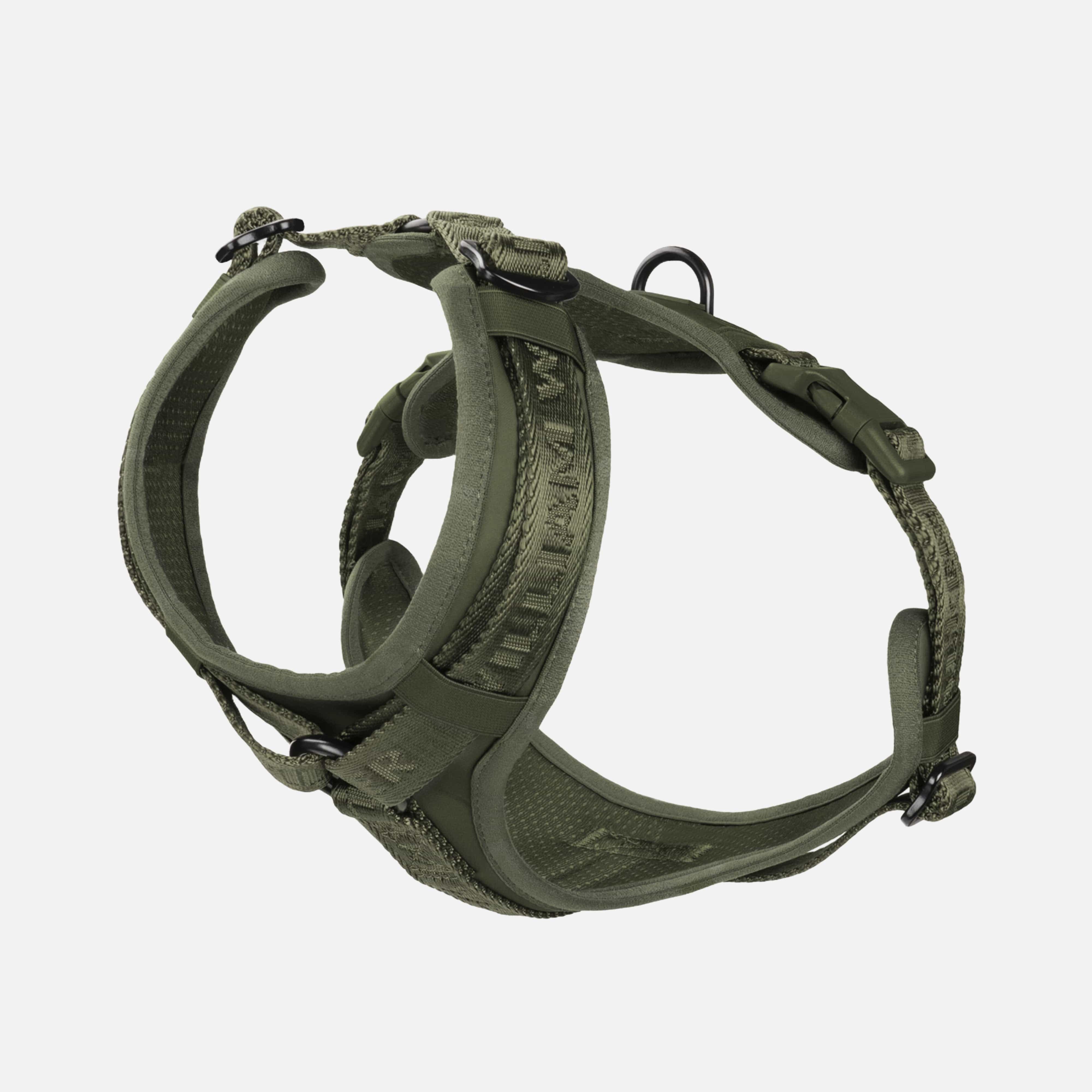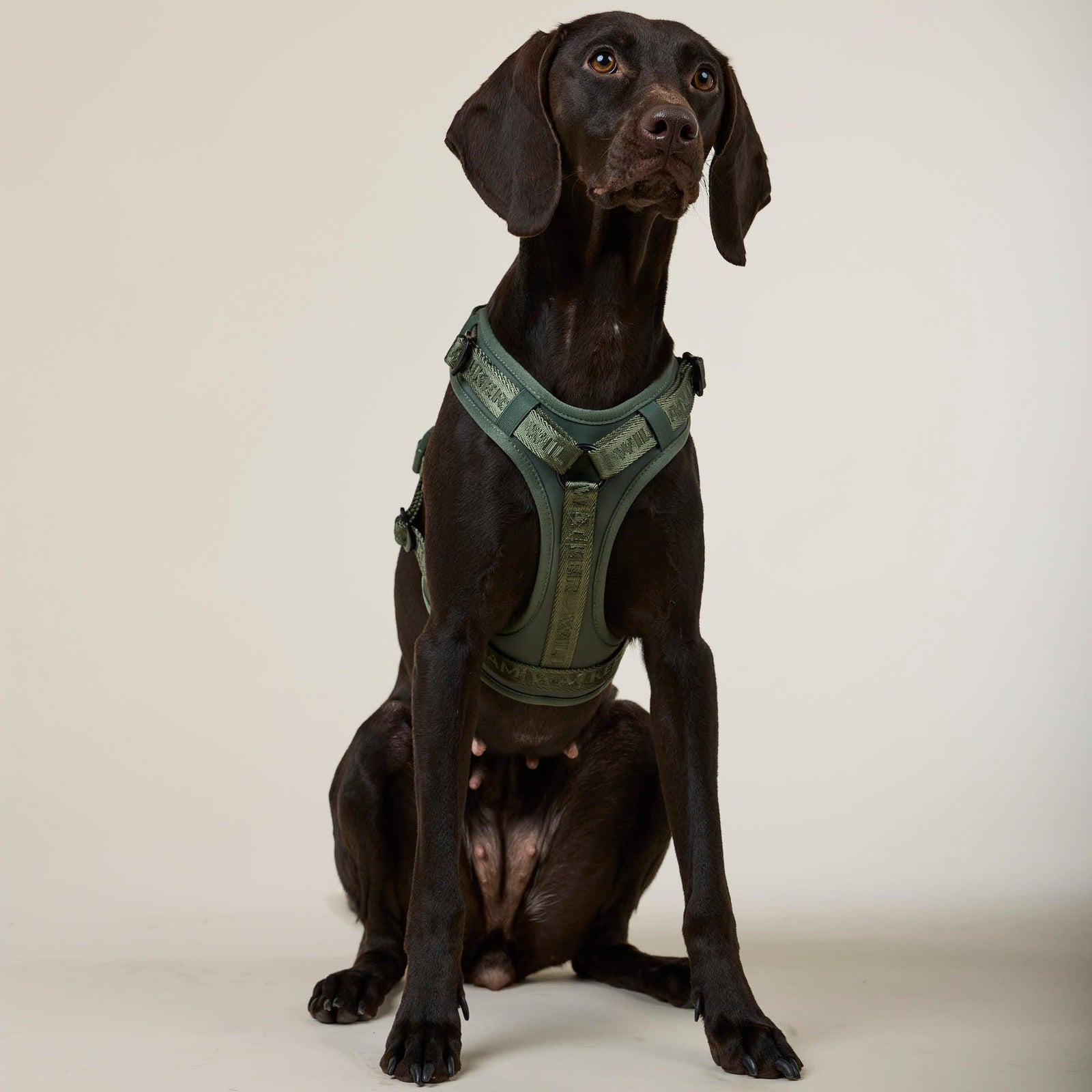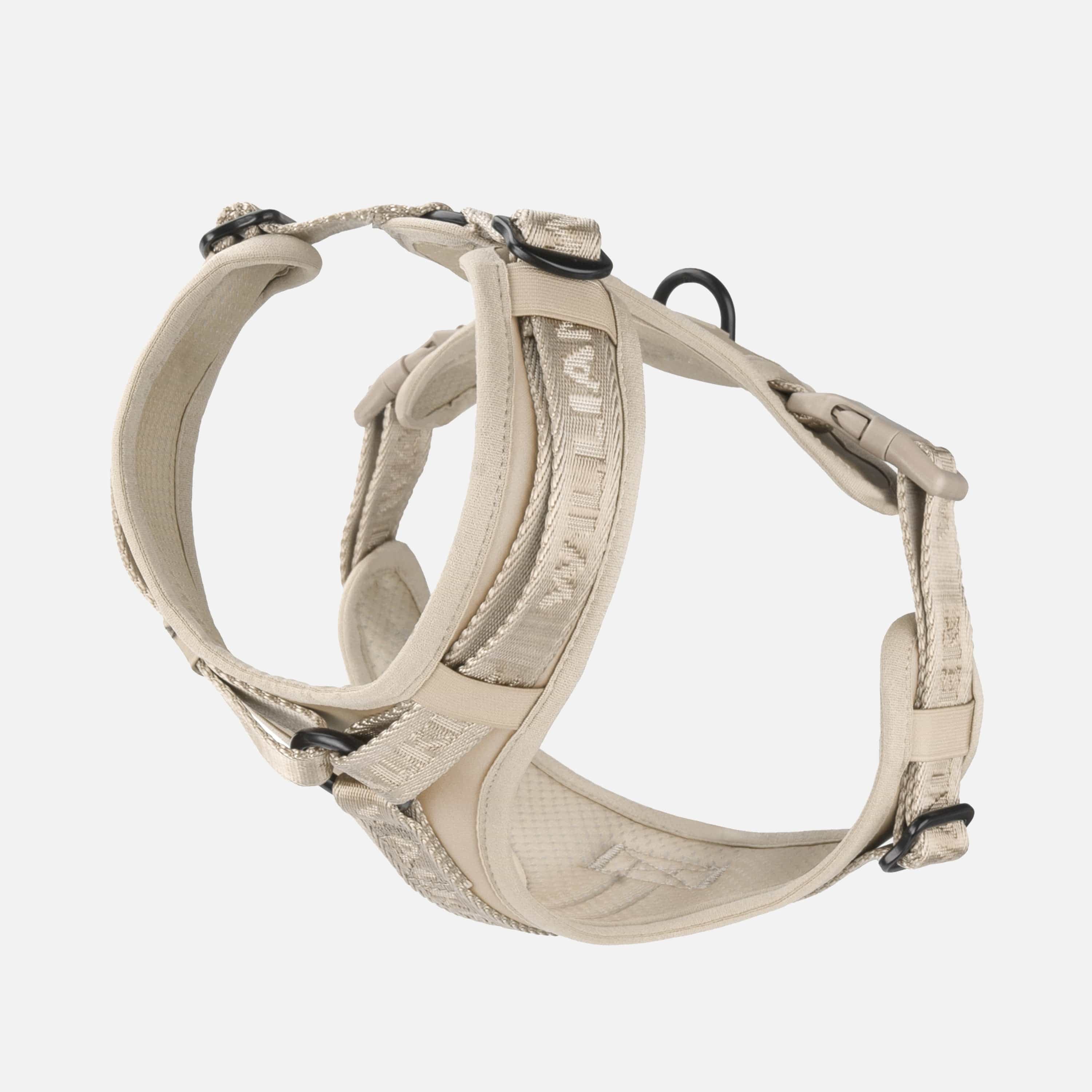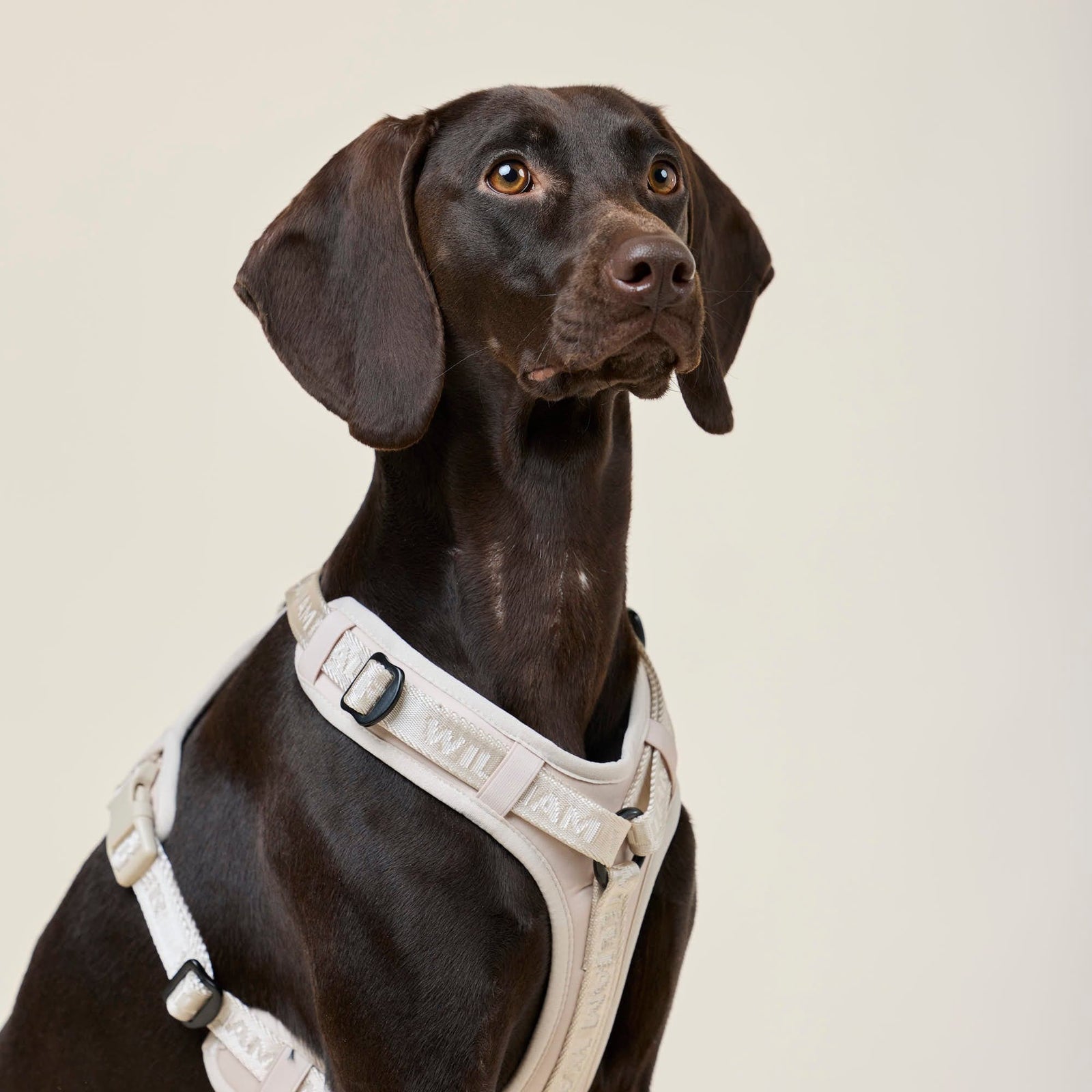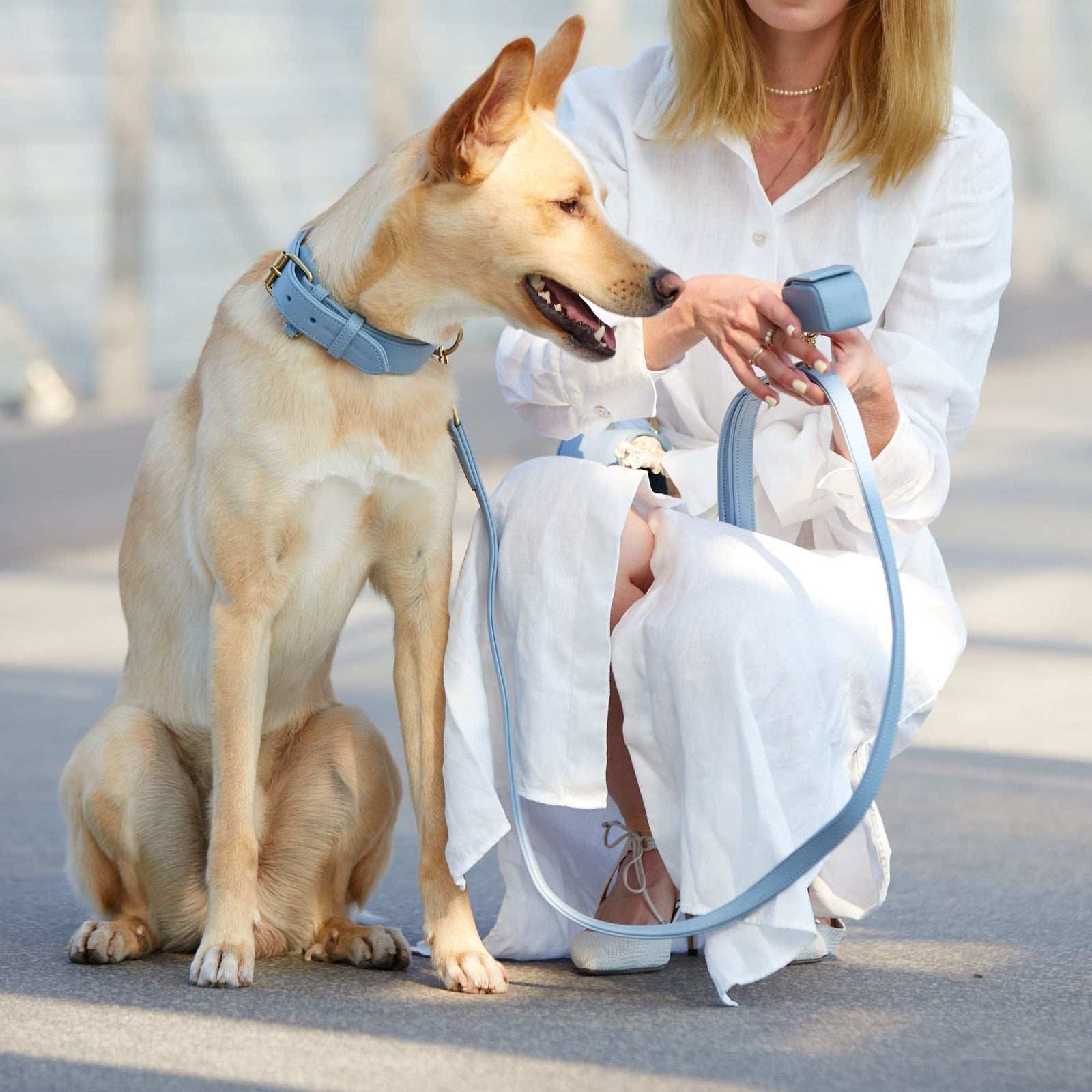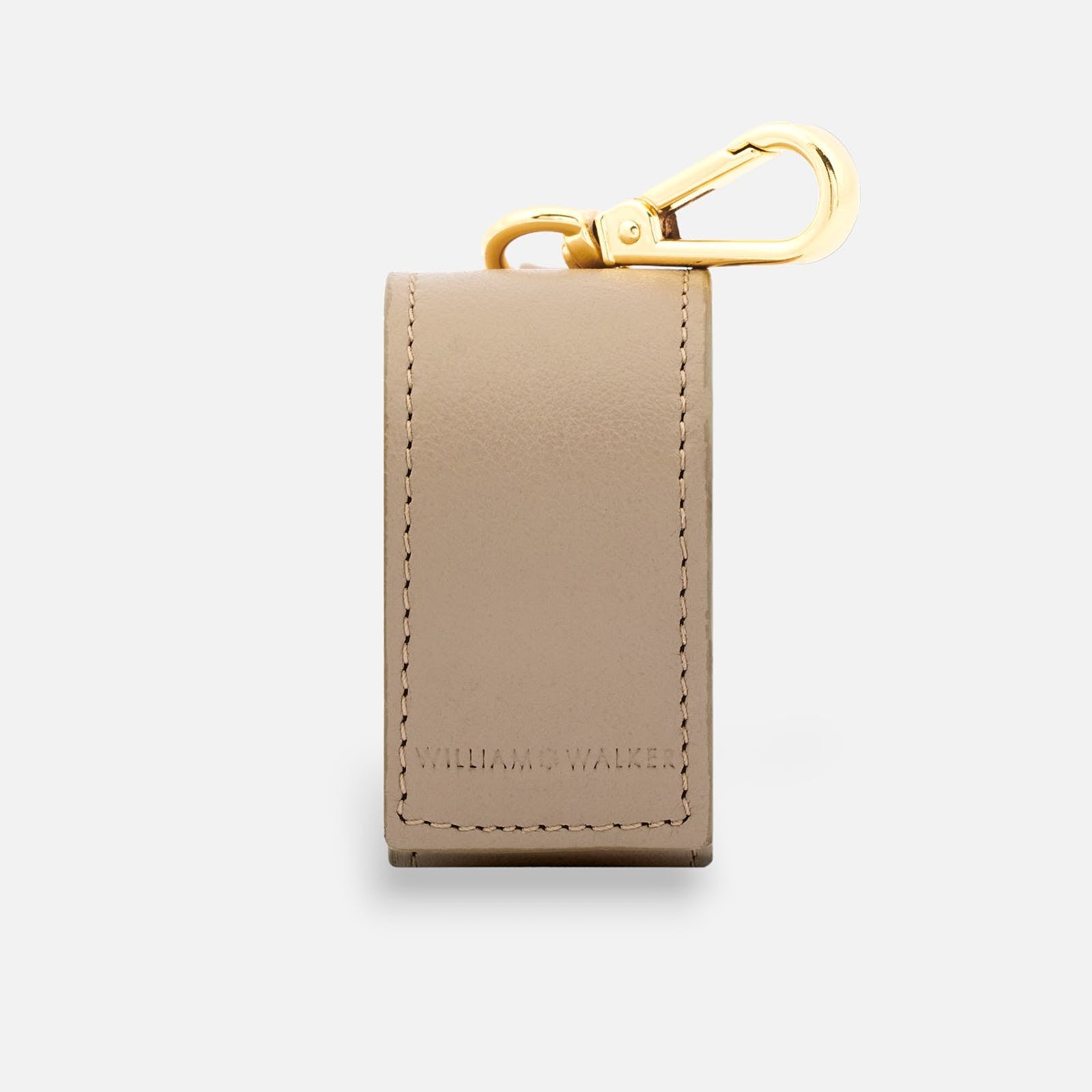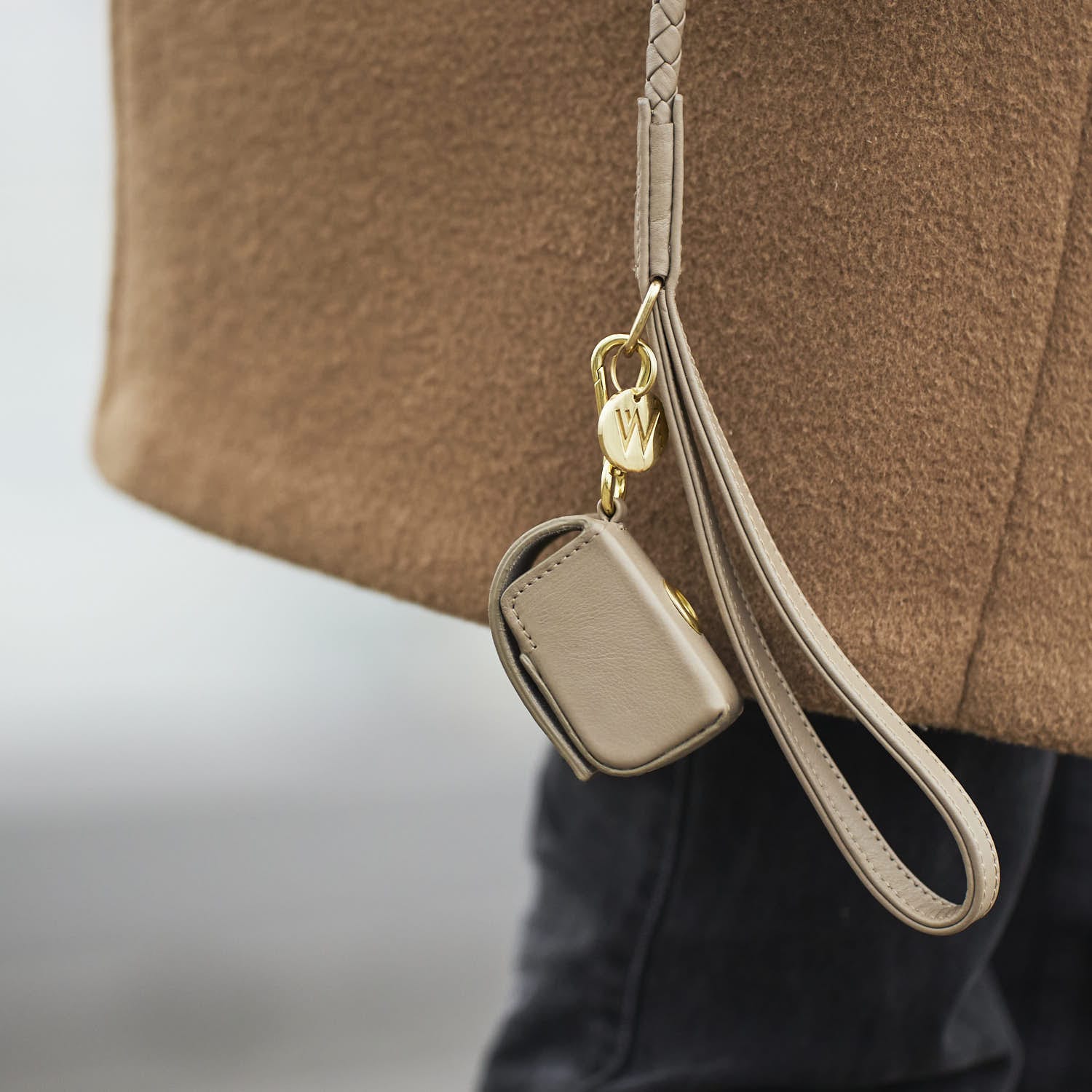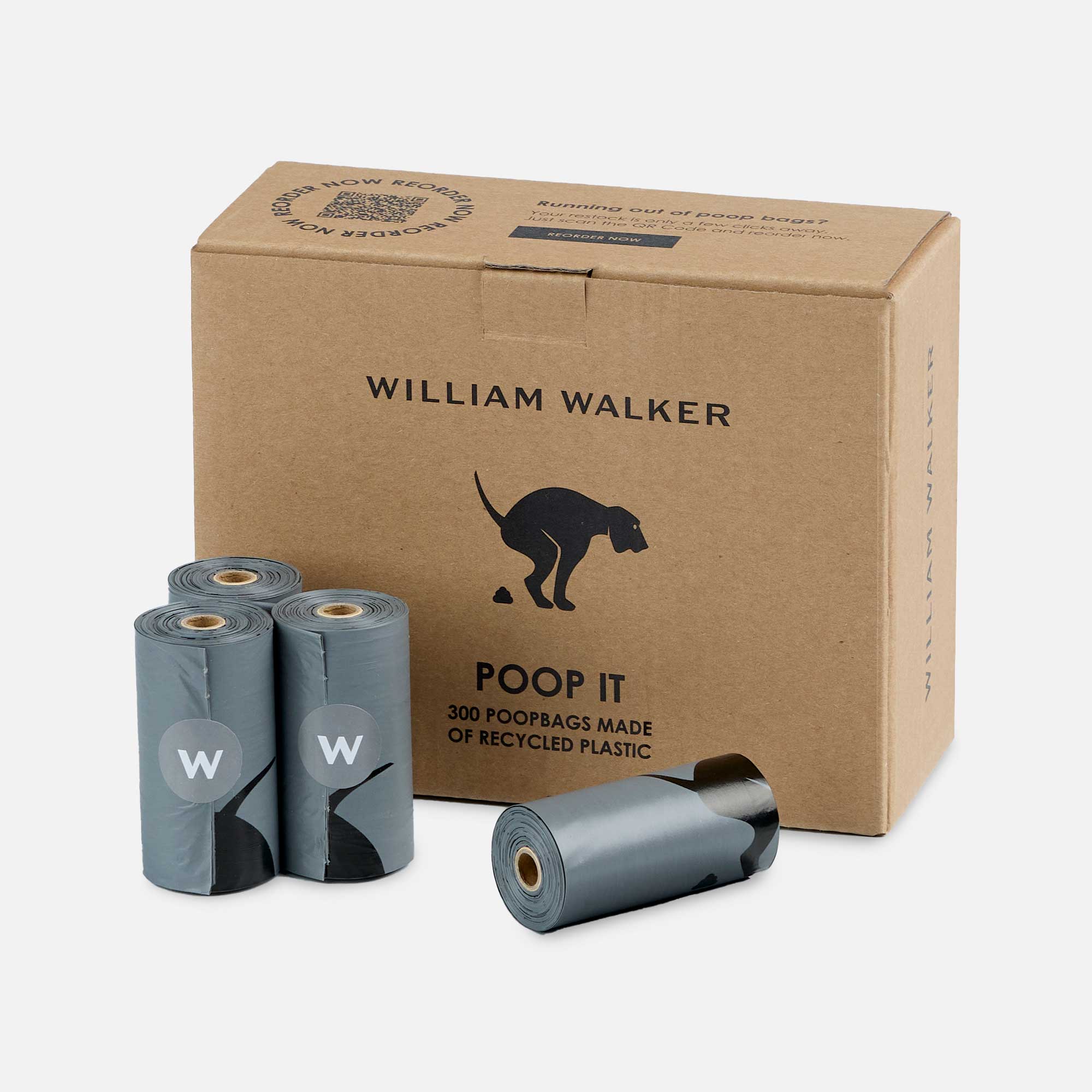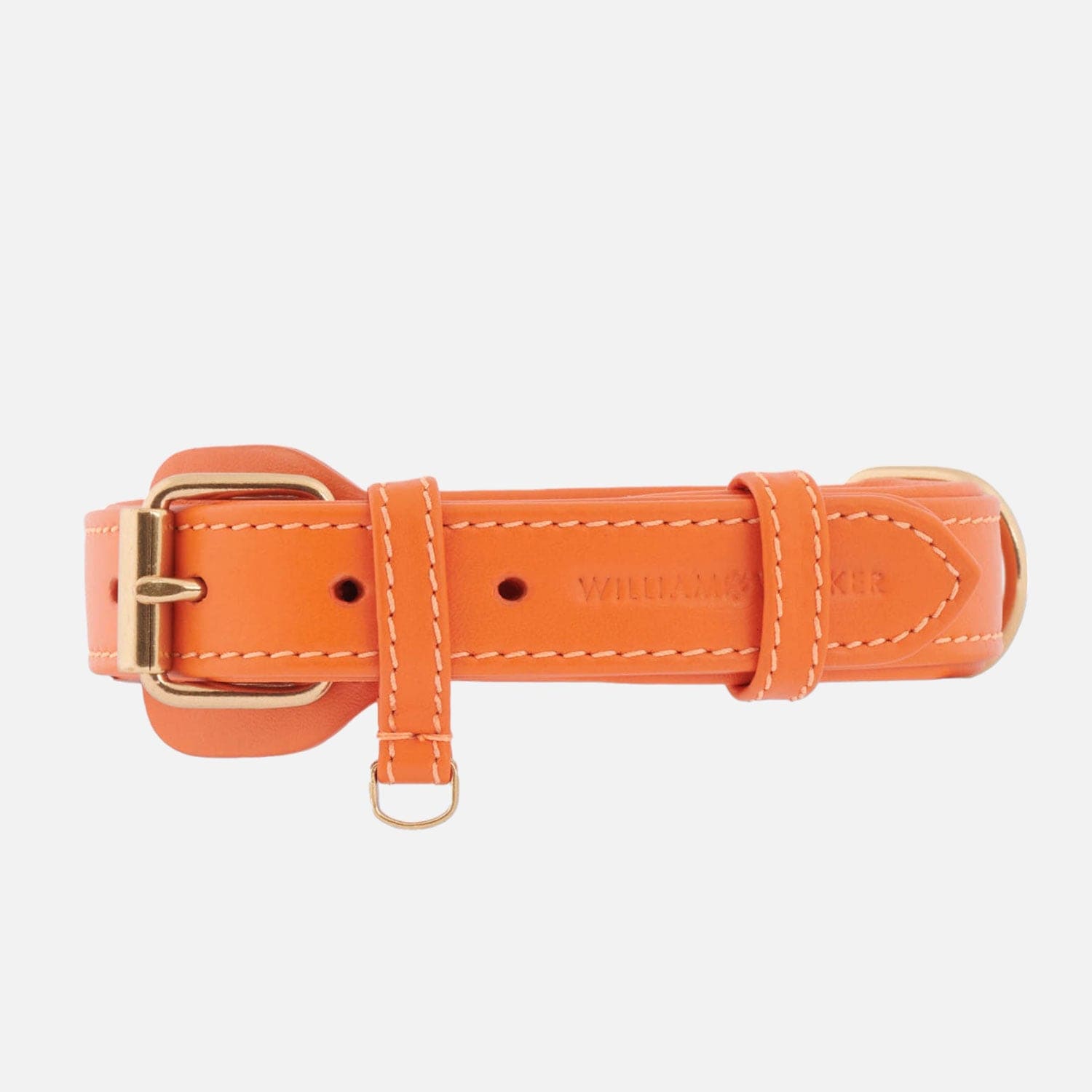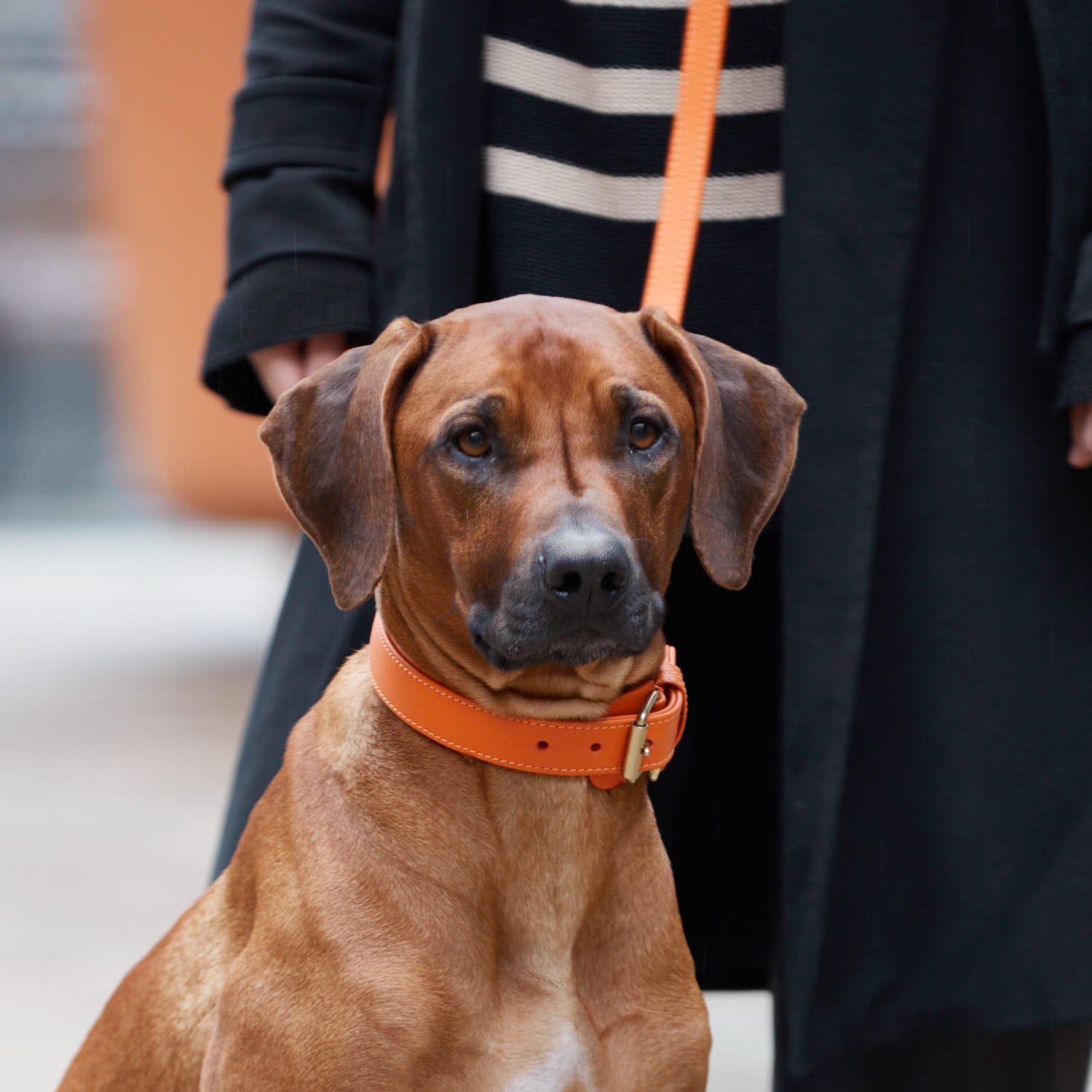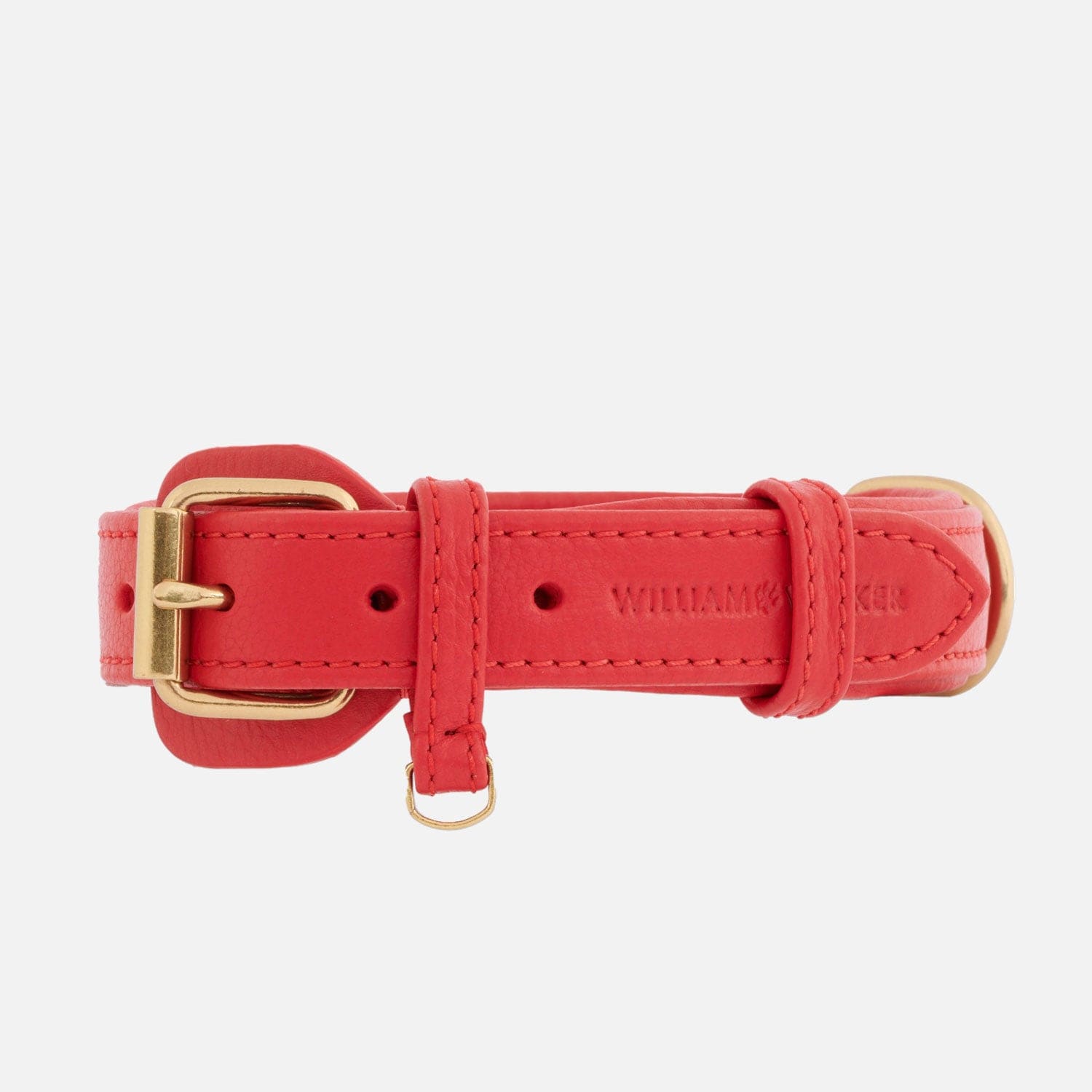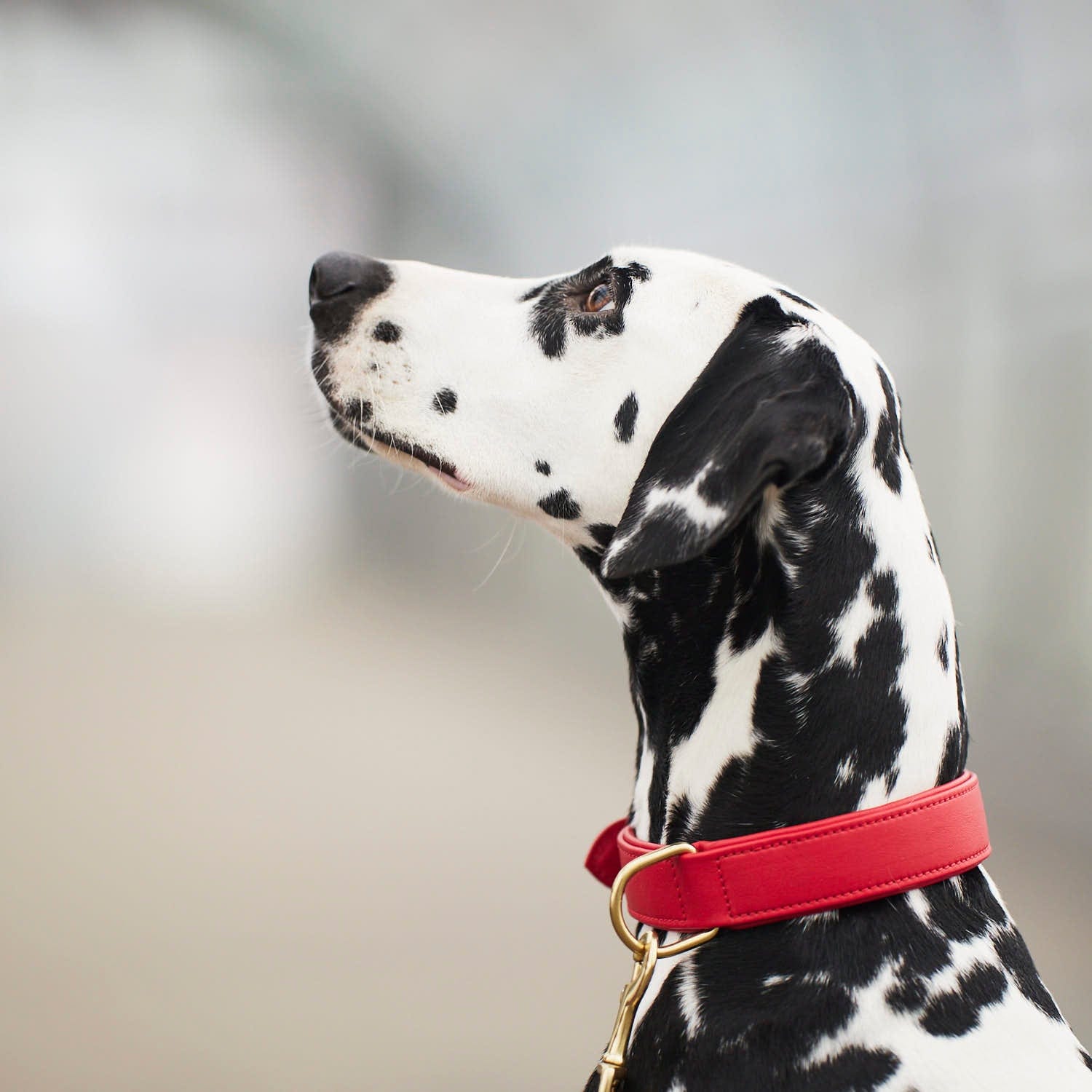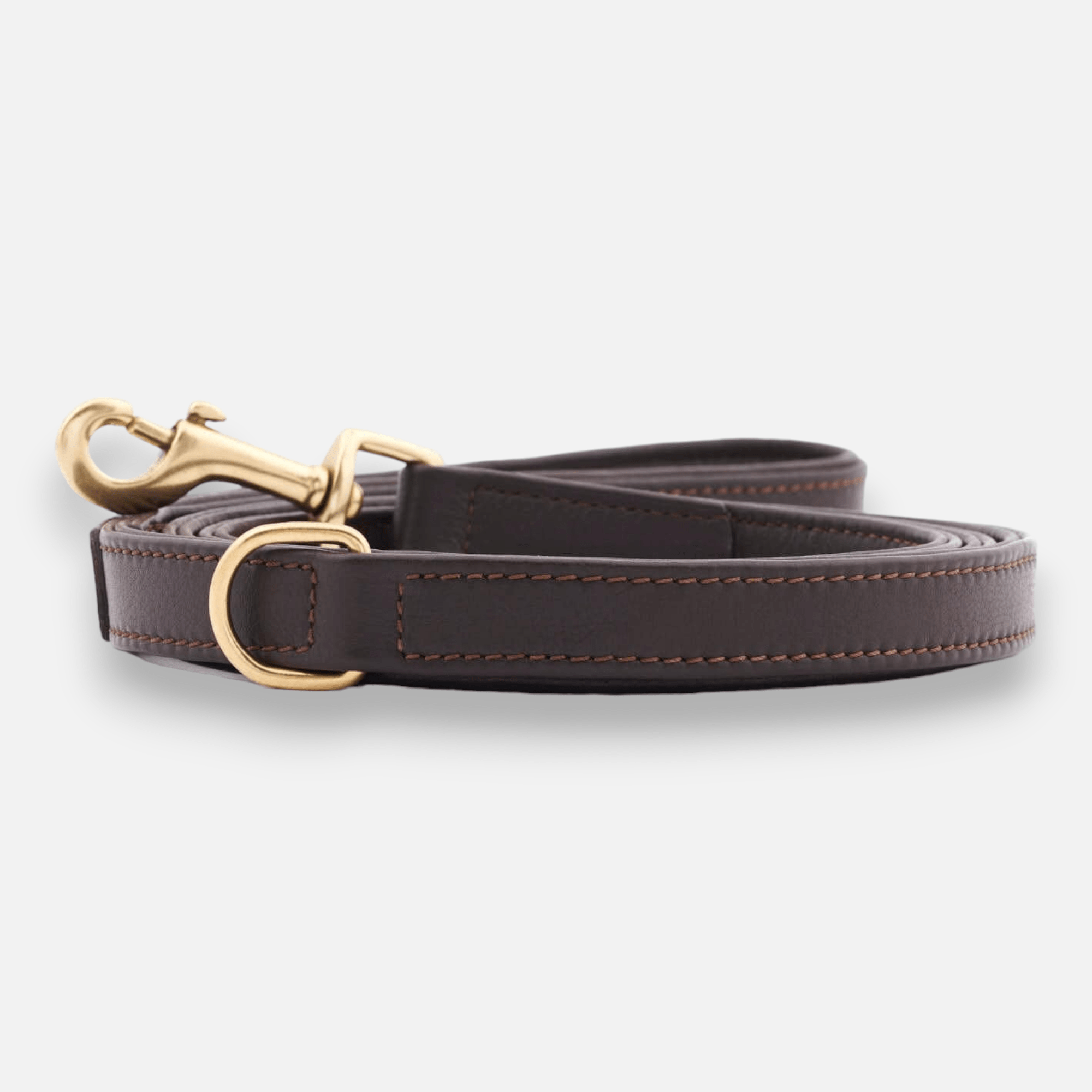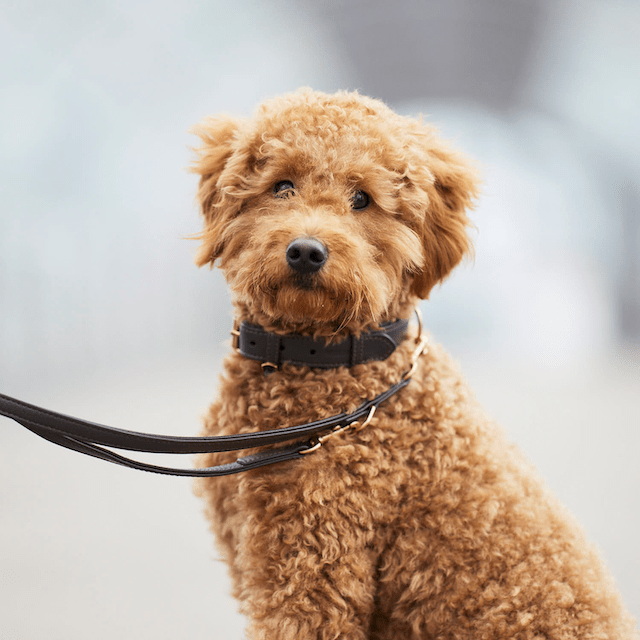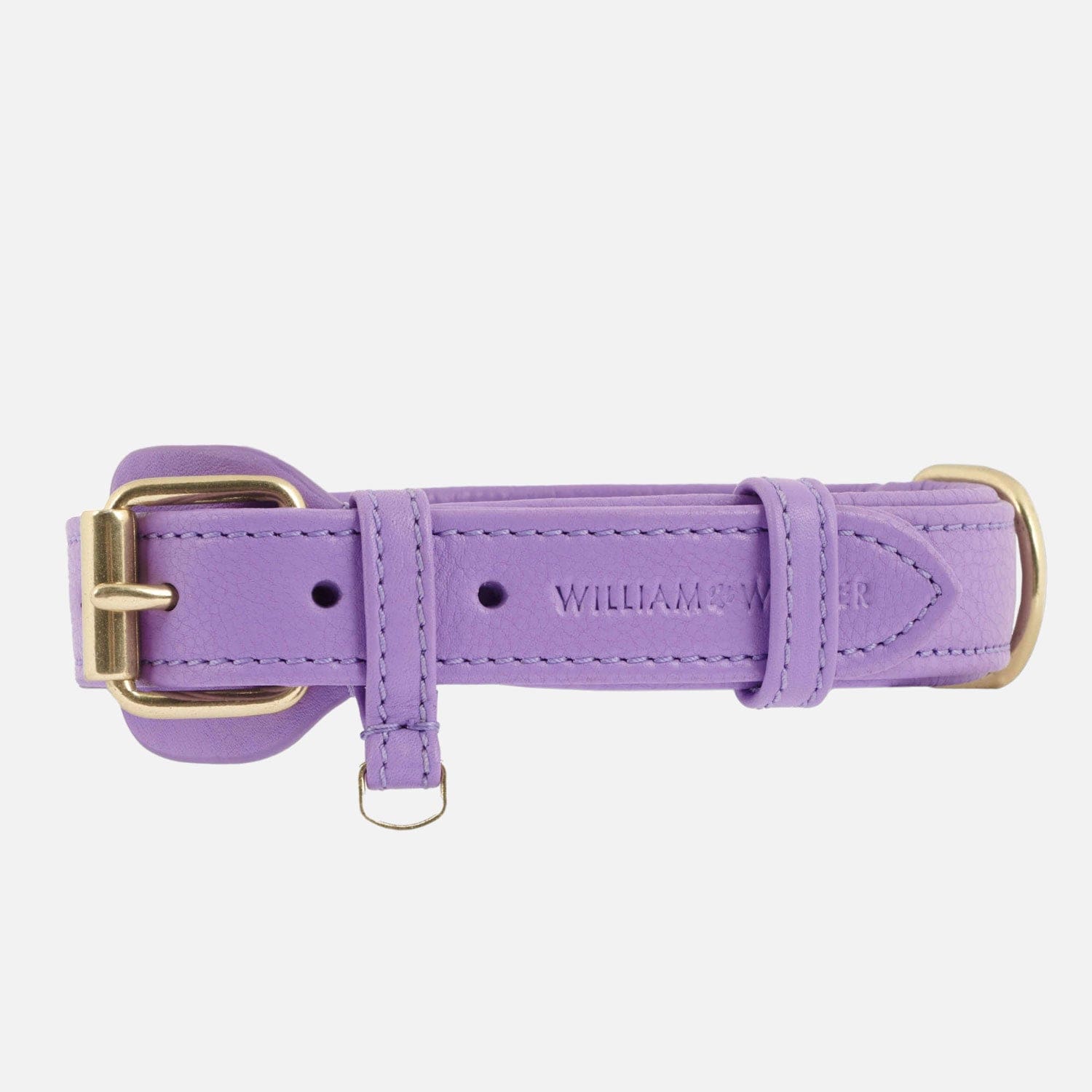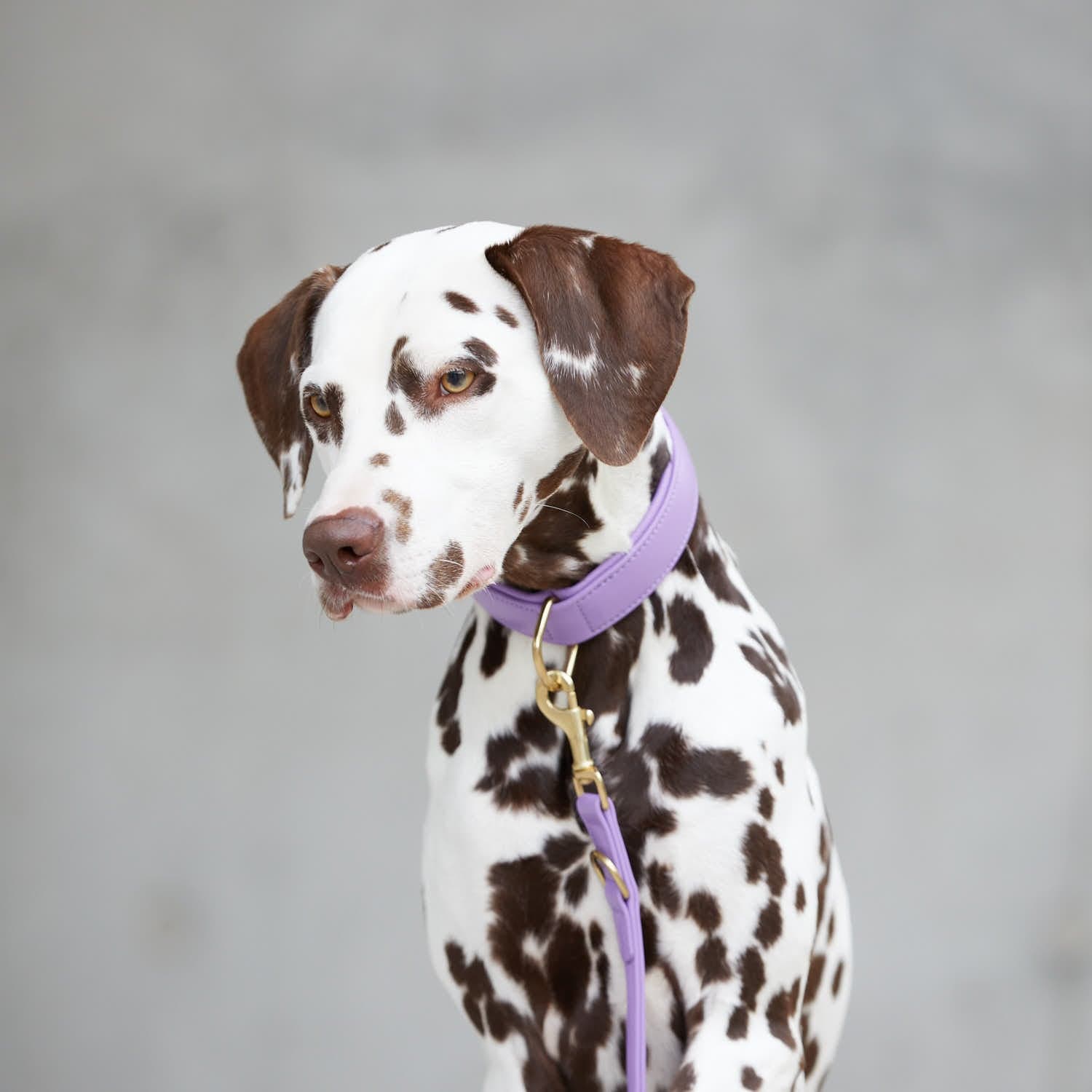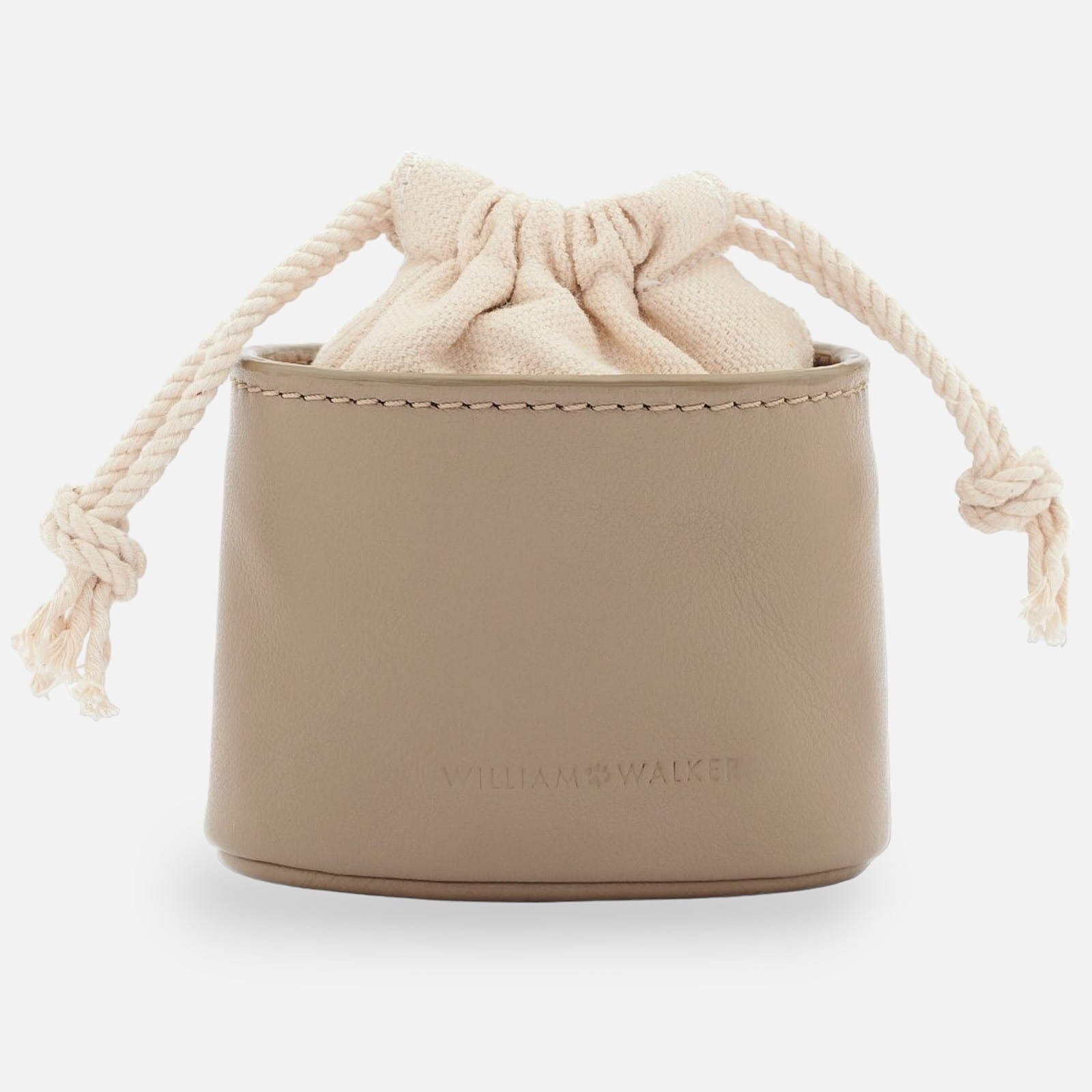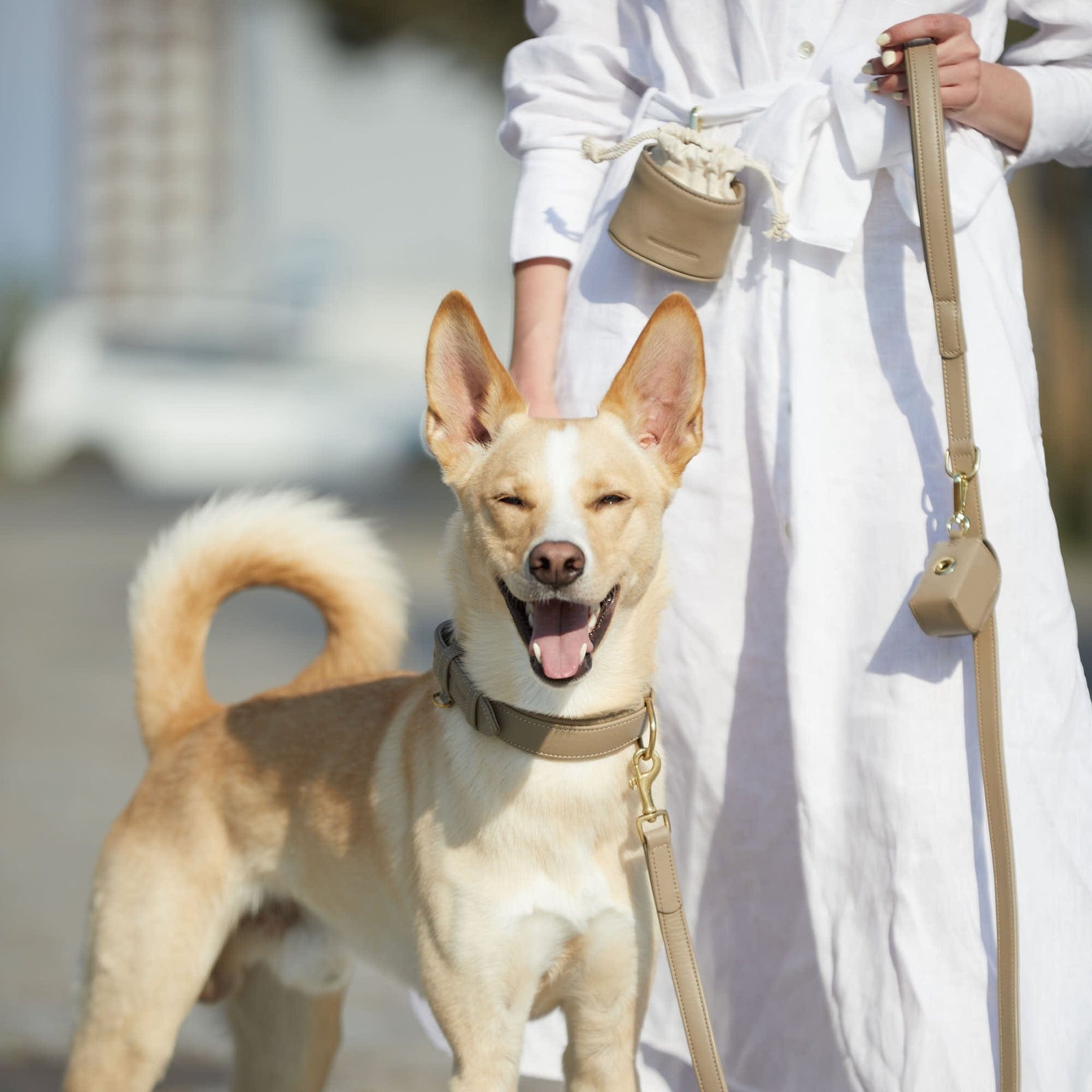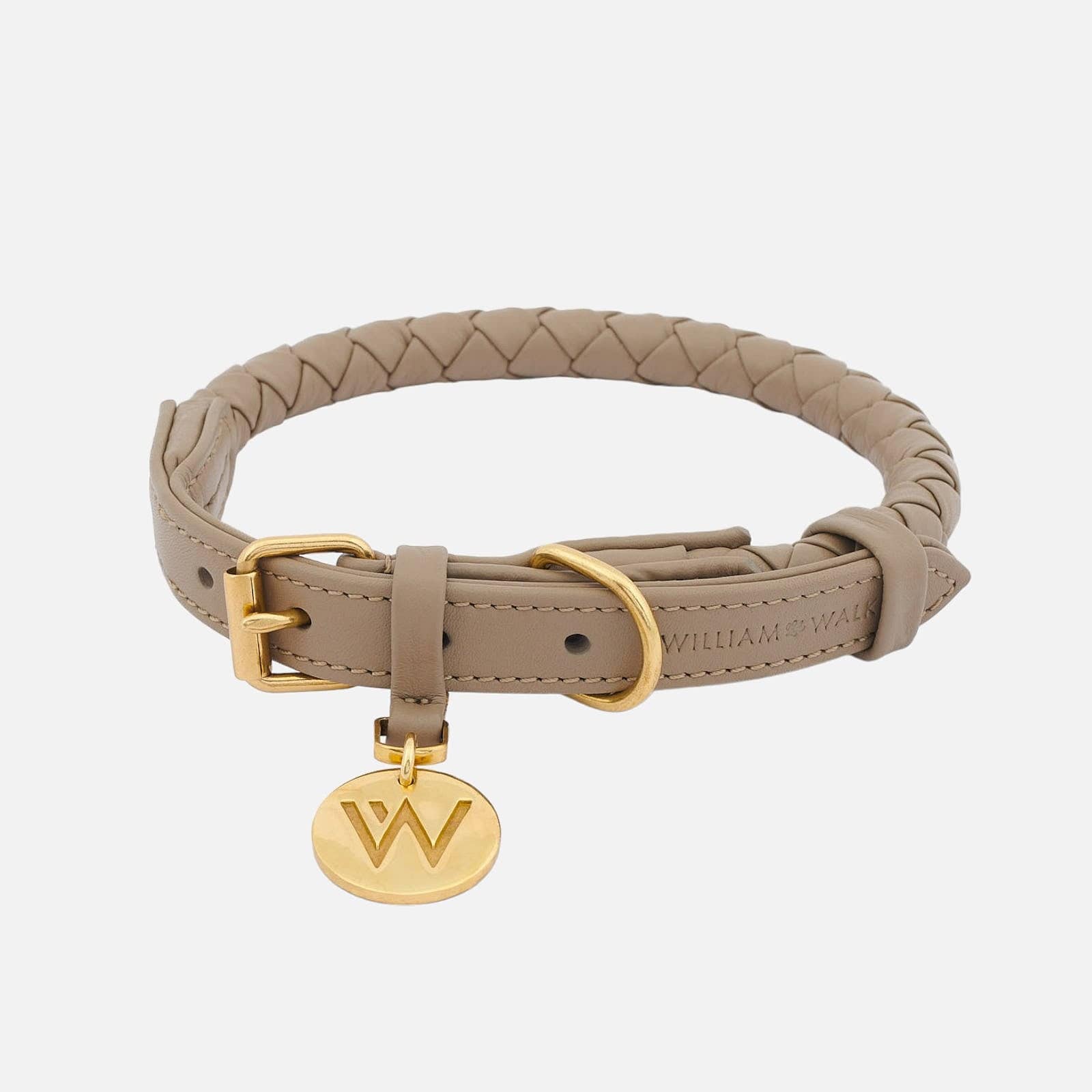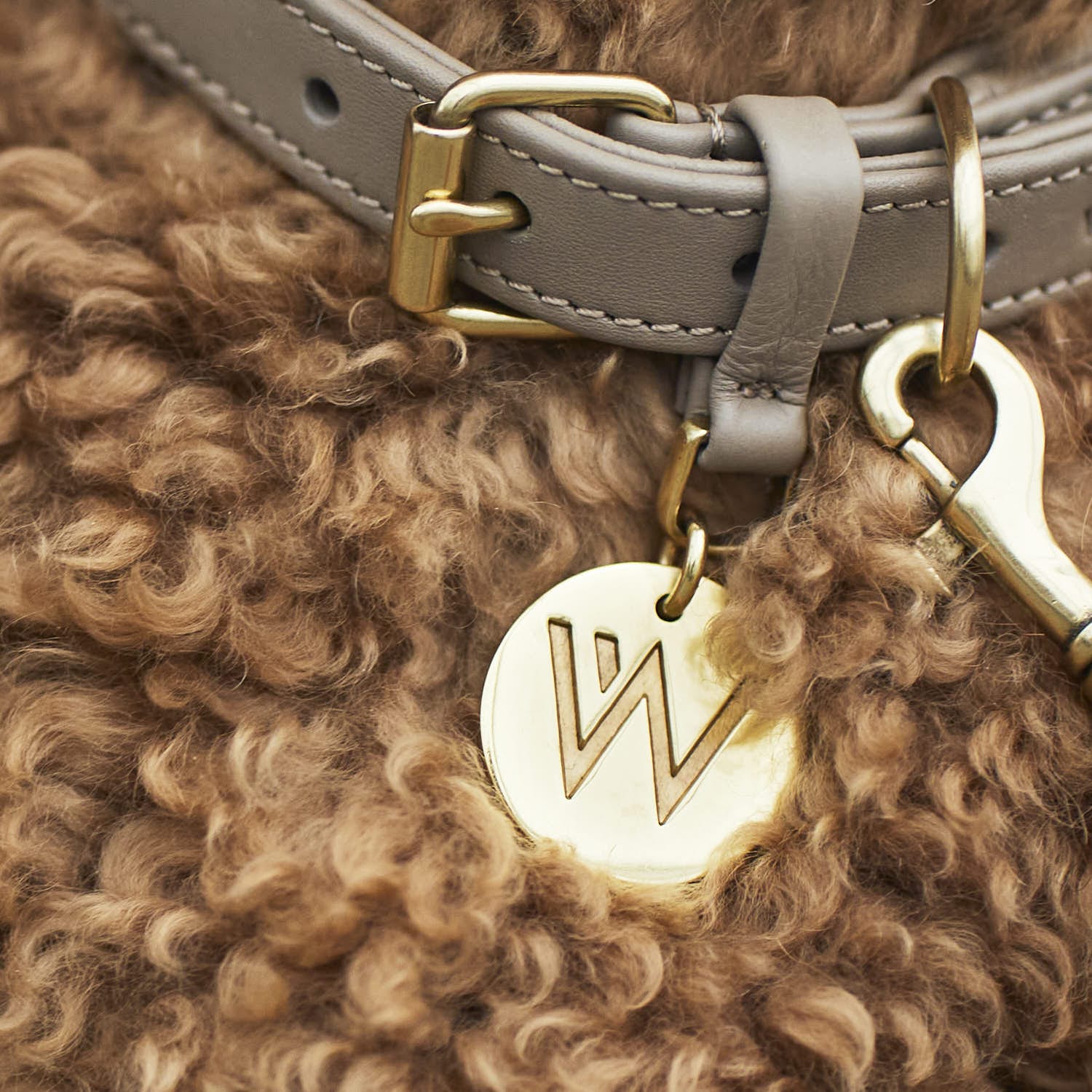
Good paw care in winter is essential for the health of your four-legged friend, but unfortunately this is often underestimated by owners. Snow and slippery roads with road salt, grit and similar substances put enormous stress on the dog's paws. The strain on dog paws in winter is great; roughened and hard pads are a risk for inflammation and pain. Where humans wear thick boots, dogs can only rely on the care of their owners. Here you can find out how to make your dog's winter walk as pleasant as possible.
Tips for paw care in winter - beware of road salt and more.
1. Prevent pain: cut the paw fur of the dog
Romping, running, digging - this is especially fun for the four-legged friend in the snow. But relaxed winter excursions also have their downsides: The movement of your favorite in the snow develops ice crystals, which, however, can no longer fall off due to the dense fur and freeze to unpleasant ice lumps. Especially dogs with dense belly and paw hair are affected by this. As a result, the ice lumps naturally cause your four-legged friend great pain when they occur. So if your dog suddenly lies down and tries to bite out the snow clumps himself, he might be in pain. You can prevent this by carefully cutting away the longer hairs between the toes and around the pads before the walk. This way the snow can't get stuck so quickly and your dog can romp around carefree.
Check your dog's paws from time to time during the walk. If you find frozen lumps of ice, you should not pull them out by force, but put your hand on them to melt them away.
2. Protect: Paw massage with Pawbalm for dogs
"Paw massage" - sounds strange, but it's helpful. Snow and ice, especially road salt and grit, are a challenge for your four-legged friend's sensitive pads. To protect them from inflammation and pain, you should put some cream on their pads. The best products for this are Vaseline, milking grease or our Pawbalm. Ointment before a walk protects your dog from ice and snow. The ointment makes the pads softer and more resilient. It also makes it harder for salt, grit and sand, as well as snow and ice, to get stuck between the toes. After the walk you should first wash the paws with warm water and remove the grit and ice. Make sure that the water is really only warm. Afterwards you can pamper your darling with a pleasant paw massage. The ointment soothes the stressed pads, nourishes and moisturizes them.
3. Dog shoes for particularly sensitive paws
To reduce the discomfort for your dog from the start, dog shoes can also be a good alternative. However, not every dog likes foreign objects on his paws, so you should first try out whether your pet can cope with dog shoes. The easiest way to do this is to put on a pair of children's socks and let him run around in them at home. If he pulls the socks right off with his teeth, he probably wouldn't accept the dog shoes either - but if he has no problems with them, dog shoes could be a good choice.
4. Aftercare: home remedies for the care and cleaning of the dog's paws
After a walk, you should clean your dog's paws with lukewarm water. This is a good way to remove road salt and ice. Also check the spaces between the pads. This is where a foreign object can hide, which can lead to painful inflammation. A paw bath with camomile can help with irritation. Do not use shampoo or other corrosive washing utensils for dogs. Rely on the power of nature and choose a paw balm with 100 % natural ingredients. The natural greasy layer of the skin is destroyed by the use of shampoo. This means that the dog lacks the natural protection against the cold. It is better to use a towel and rub the dog dry. Brushing is also important in winter, to remove the old undercoat. These dead hairs no longer warm the body and block the necessary space for new fur to grow.
Dog paw anatomy
Dog paws ensure that the dog is always well on foot. In terms of anatomy, they resemble our hands and feet and are just as complex in structure. They consist of a carpus, metacarpus and five fingers, each with three limbs. The difference to us humans lies in the way they move. While we walk on the soles of our feet, dogs are so-called toe walkers. This means that they only walk on their toes, which gives them enormous agility.
The largest part of the paw is formed by the thickly horny paw pads, which protect the paws from rough surfaces, foreign bodies and the effects of the weather. In addition to receptors for temperatures and vibrations, the pads also contain a large part of the dog's sweat glands. These glands produce not only sweat, but also a special secretion that makes the paw surface "grippy" and thus gives the dog a better grip on the ground. Under the horny layer and bunion skin are fat pads. They cushion all movements and thus protect bones and joints.
The dog's paw is very flexible as a whole. This is mainly due to the interdigital skin, which loosely connects the individual paw pads. Walking on uneven ground is no problem thanks to this connection. The hard claws made of horn also contribute to this. Similar to spikes under sports shoes, they provide improved grip on the ground. Last but not least, the animal also grows hair between the pads, which primarily protect the sensitive spaces between the pads.
General information about paw care: recognise allergies and cut claws
Causal research: Is it perhaps an allergy?
Paw care is not so much about extensively manicuring and pedicuring the paw at set intervals, but rather about regular checks and attention. Dogs usually signal very clearly when something is wrong with their paws. They nibble or lick their pads extensively. If only one paw is affected, it is usually a foreign body or skin irritation. Severe itching and swollen paws without a clear cause, such as road salt, clearly indicate a chronic problem. This could be allergies or parasites.
Check your dog for other signs of an allergic reaction and discuss your suspicions with your vet.
Trimming the dog's claws - the right way!
Nowadays, domestic dogs move mainly on carpet, smooth tiles, at most on the grass in the park. Quite different from their wild ancestors, who also had to chase their prey over rough, stony ground for a long time. Paws and claws were naturally stressed quite differently. The paws sparing way of life in turn leads to the fact that the claws are no longer sufficiently worn. They grow more and more and in the bad case they touch the ground with every step. The result: The entire movement sequence shifts.
Weight shifts from front to back when walking and front legs move at an unnatural angle. This chain reaction can lead to problematic deformities in the entire musculoskeletal system. In addition, claws that are too long can also grow in. This can cause the dog to injure itself while walking. Some animals also try to eliminate the problem on their own, gnawing on the claws and tearing out the entire claw. Therefore, it is important to regularly check the length of the claws and shorten them if necessary. However, there are a few things to keep in mind. Dog claws are made of horn, just like our fingernails. Unlike humans, they contain nerves and blood vessels, which must not be damaged when cutting the claws. In light-colored claws, you can easily see their course, but not in darker ones. Therefore, one must proceed very carefully.
For trimming is suitable for only a little too long claws conventional nail file. For larger projects, you should use a special claw nipper. They should have a round cutting surface and fit the size of the dog's paw. Normal clippers for human nails should be avoided. They have a smooth cutting surface and would not cut the claw, but squeeze it.
When using the claw nippers, they should be applied horizontally and only very thin slices should be cut off. In this way, you can easily see whether there is still enough horn between the forceps and the blood vessels. If it happens that you injure a blood vessel, do not lose your nerves. Claw injuries bleed heavily, but this does not indicate the degree of injury. In such cases, you should stop the bleeding and disinfect the claw. If the wound closes quickly, you should keep a close eye on the claw so that any inflammation that may occur is quickly detected. Again, in case of more serious injuries or uncertainty, consult the veterinarian. On this occasion, he can immediately demonstrate how the claws are cut properly.
How do you care for your dog's paws in winter? Write us your tips and tricks in the comments, we are curious!
